Venturing Abroad by a Family of Four – Grandparents, Mom, Teenage Daughter
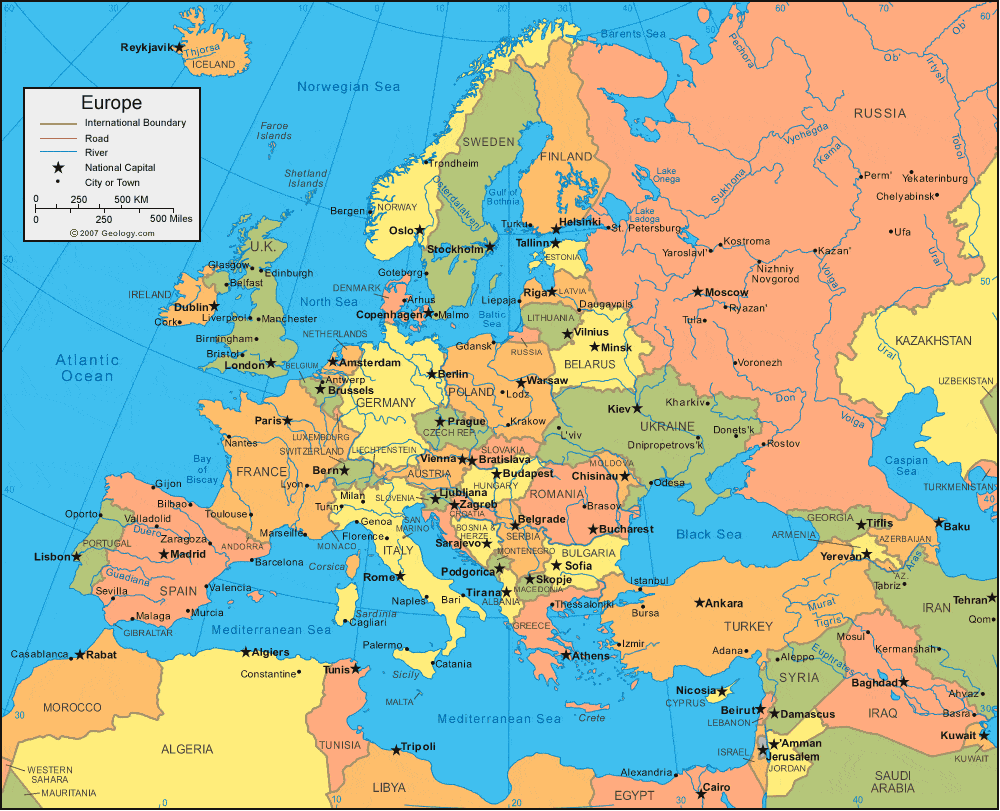
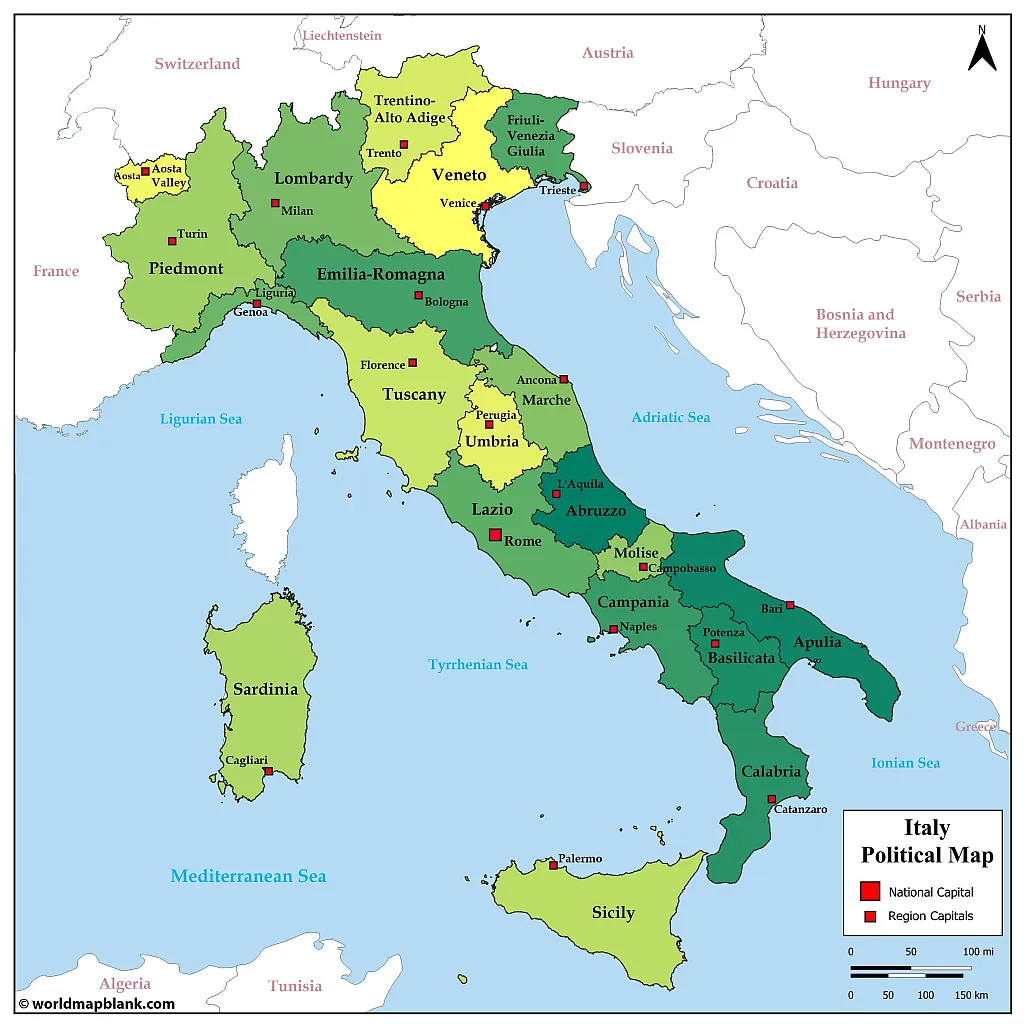
It was to be The Netherlands (Holland), Belgium and Italy the summer of 2018. We had family in Holland and the pull to visit the great city of Rome nearby was irresistible. Amma checked our finances and agreed we could go and Appa and I sat down in earnest to plan every little detail so we could visit as many places as possible in the time we had. We were to spend 5 days in The Netherlands and 7 days in Italy. Italy needed far greater planning. Rome would be our base and we would take trains for day trips to the Vatican City, Naples, Florence and Pisa. I booked all train tickets, museum and art gallery tickets 3 months in advance along with rooms in a hotel in Rome close to the main train station. This ensured we never had to wait in queue anywhere but walk directly in with our online tickets. Our air tickets were also booked well in advance – Qatar Airways with a stop-over at Doha to Amsterdam, Turkish Airways with a stop-over at Istanbul on our return journey from Rome and Iberian Air from Amsterdam to Rome. With visas and travel insurance in place, we were ready to go.
We spent some time in the month prior to the trip introducing my daughter to Italy (she was 12). We watched movies like Cleopatra, Agony and Ecstasy, Roman Holiday and The Gladiator. Appa was given a book on Vatican City and he committed to memory every major art work exhibited there and all scenes in the ceiling of the Sistine Chapel. We had already read works on Michelangelo and Da Vinci and of the great Caesars and their mighty accomplishments. Now we were really ready to go!
We flew to Amsterdam on 18th April 2018, with a 3-hour halt at Doha, a very impressive airport. Schiphol in Amsterdam was immense and when we were finally out of the airport, we found my cousin waiting for us. He drove us to his home in Hilversum, a small city in the North of Holland. As we drove, we could see it was a very quiet and peaceful area, surrounded by woods, meadows and lakes. We spent five wonderful days enjoying their hospitality.
The next morning after breakfast we took a train from Hilversum to Central Station, Amsterdam followed by a tram ride to visit the Van Gogh Museum. Vincent Van Gogh (1853-1890) was the great Dutch impressionist painter who produced some incredible masterpieces in his lifetime. The Van Gogh Museum housed the largest collection of his artworks in the world. The permanent collection included his paintings, drawings and letters. The Red Vineyard was among Van Gogh’s most dramatically coloured Provençal landscapes and was also famed for being the only painting that the artist was to have sold, four months before he committed suicide. It was not exhibited at the museum however but the fabulous Sunflowers was there for us to see. Amma was not too keen on art, but came along to be with her family.
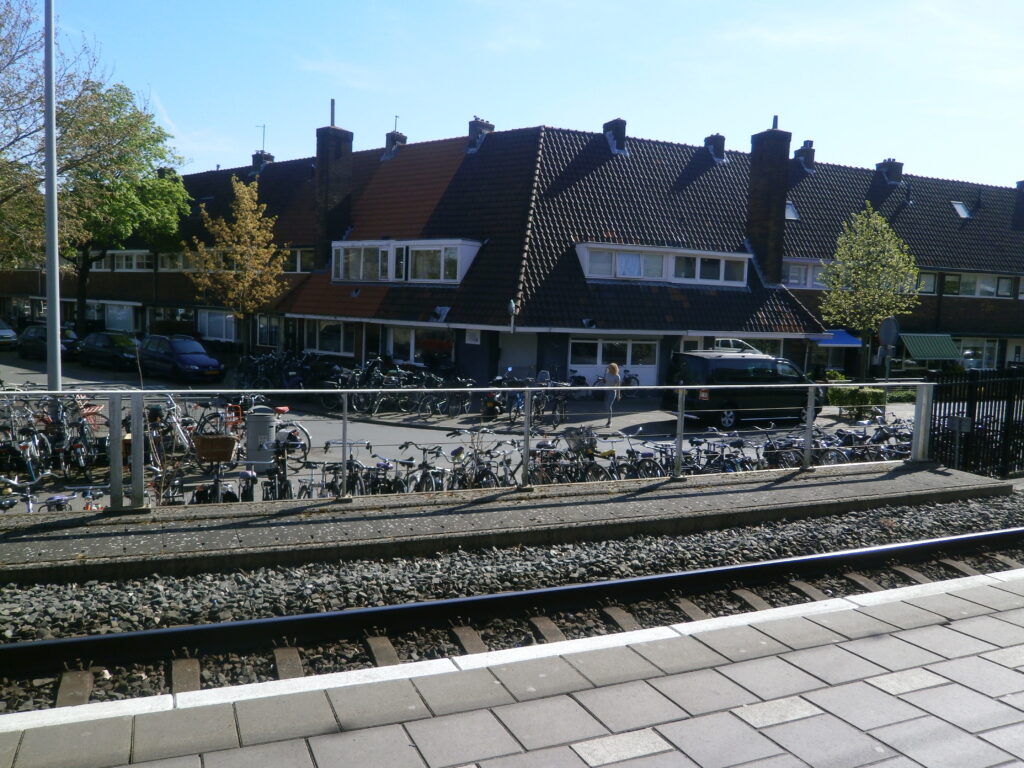
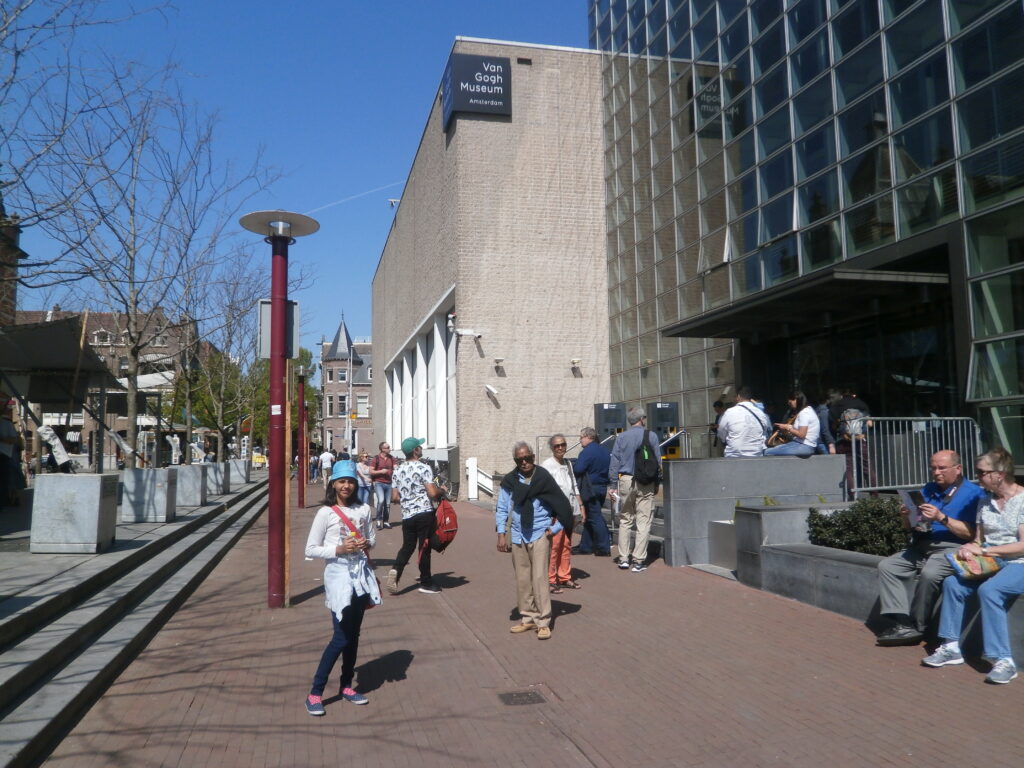
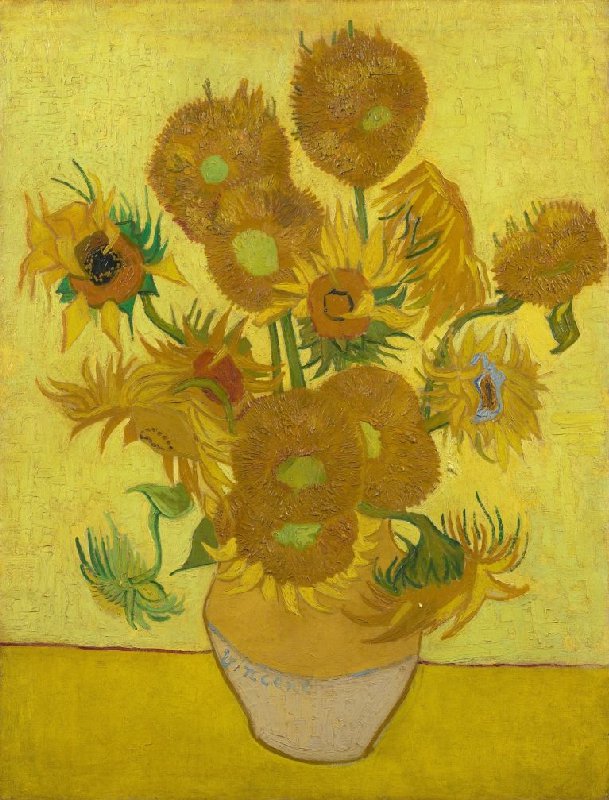
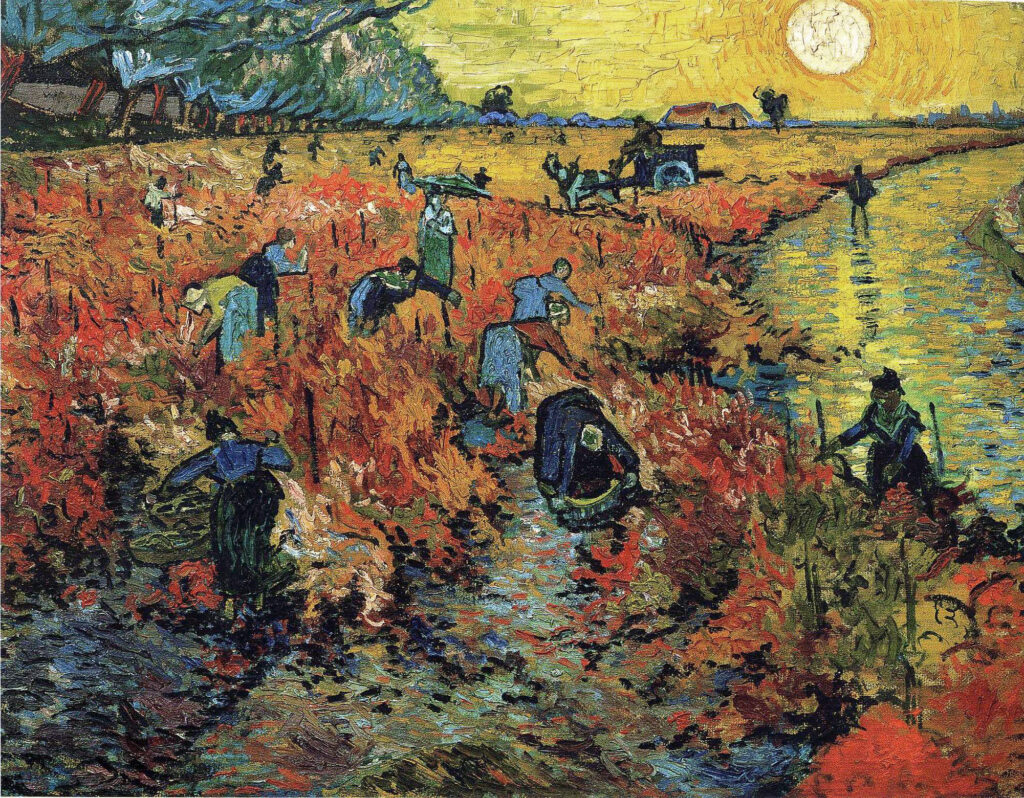
We stopped for lunch at a restaurant near the museum and took a tram back to the Central Station from where we went on a lovely canal cruise through Amsterdam’s picturesque waterway. It was cool and relaxing and we enjoyed identifying famous points along the way (including Anne Frank’s home) with the guide on board.
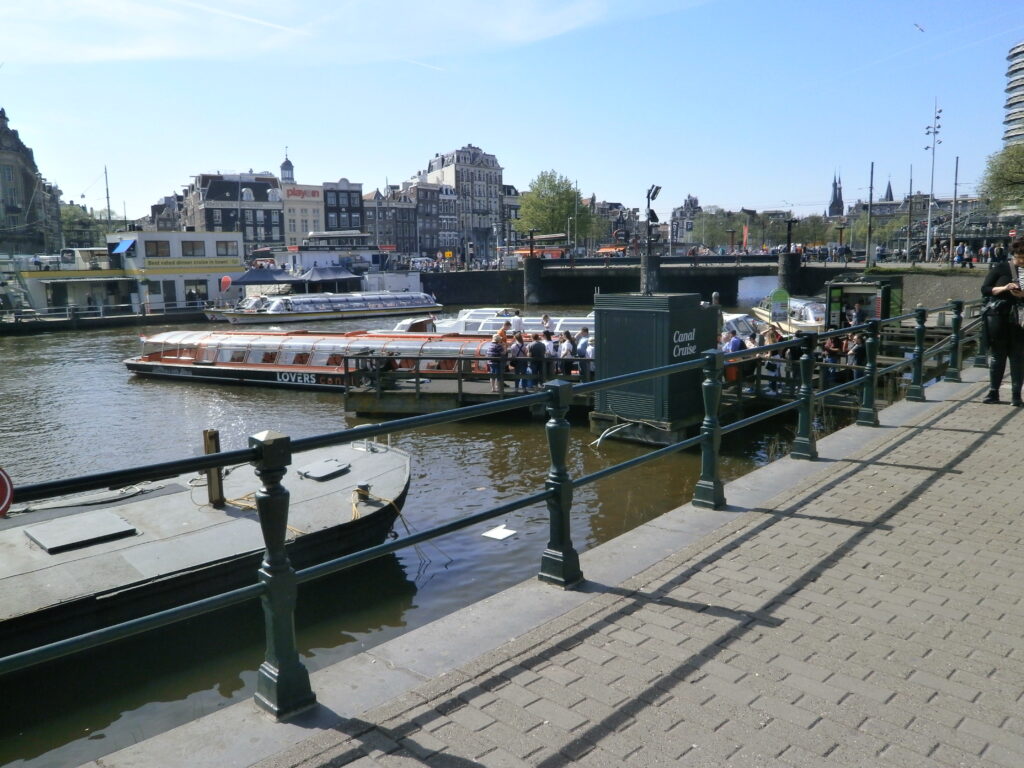
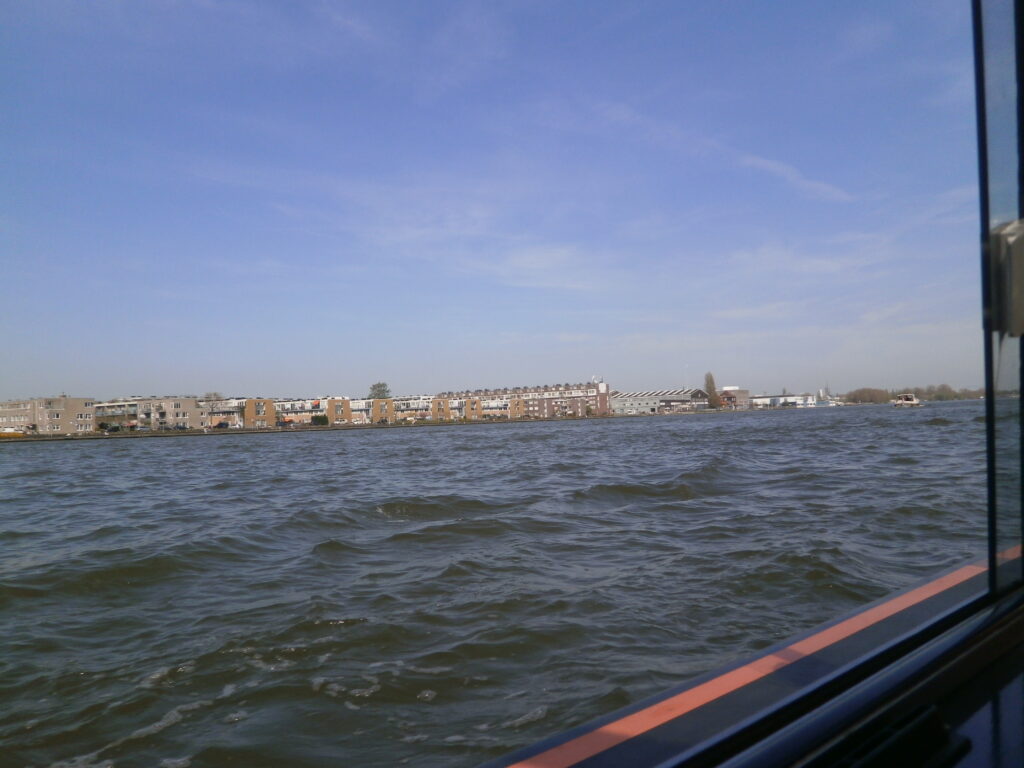
Back home in the evening, we all had dinner together after which we spent family time in the warm kitchen, catching up on news and the day’s events, a pleasant routine we followed during our stay.
We left for the tulip gardens in Keukenhof after breakfast the next morning. We boarded the train to Schiphol airport and, once outside the station, purchased tickets and stood in a long queue to board buses that would take us to Lisse, where the Keukenhof (kitchen garden to a castle bearing the same name) tulip gardens were located. We stood for more than an hour, enjoying ice-creams, when at last our turn came to board the shuttle. Half an hour later we were deposited at the gardens.
Though its grounds were open year-round for private affairs and festivals, Keukenhof was only open to the general public for an 8-week tulip display from mid-March to mid-May. It was fortunate we were in The Netherlands at the time. Stunning scenes! The tulips were in full bloom. Rows and rows in exotic colours and shades. The area was immense and dotted with ponds and shady trees and benches. One could walk for hours and still not cover the entire area planted systematically with 7 million bulbs. There were also shops where we could purchase bulbs for the next bloom. Amma delighted in the flowers. Close to noon, we sat near a pond and hungrily devoured curd rice (thayir sadam) and mango pickles prepared by my sister-in-law. Amma had had an upset stomach earlier and had wanted something soothing to eat. We continued to the green house where we saw the black tulip and other exotic varieties on display, then boarded the shuttle back to Schiphol and by train onward to Hilversum.
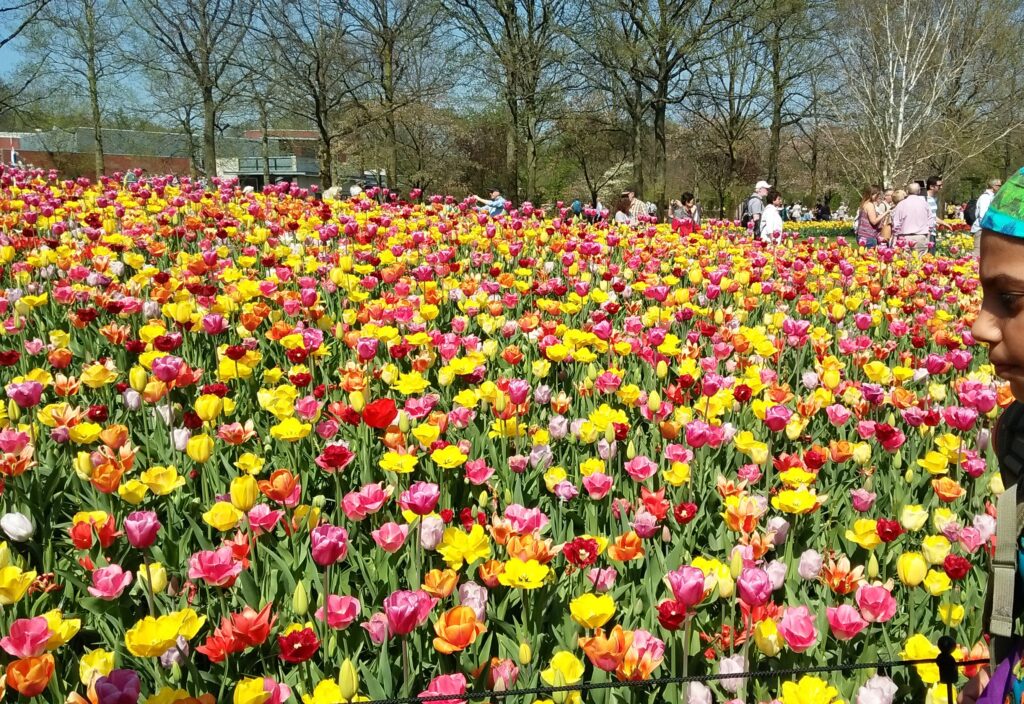
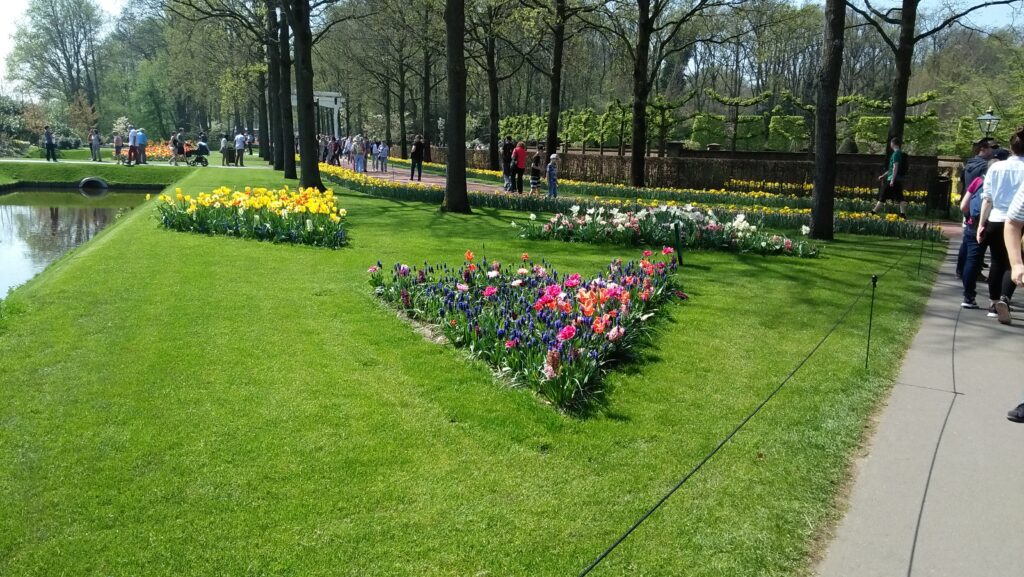
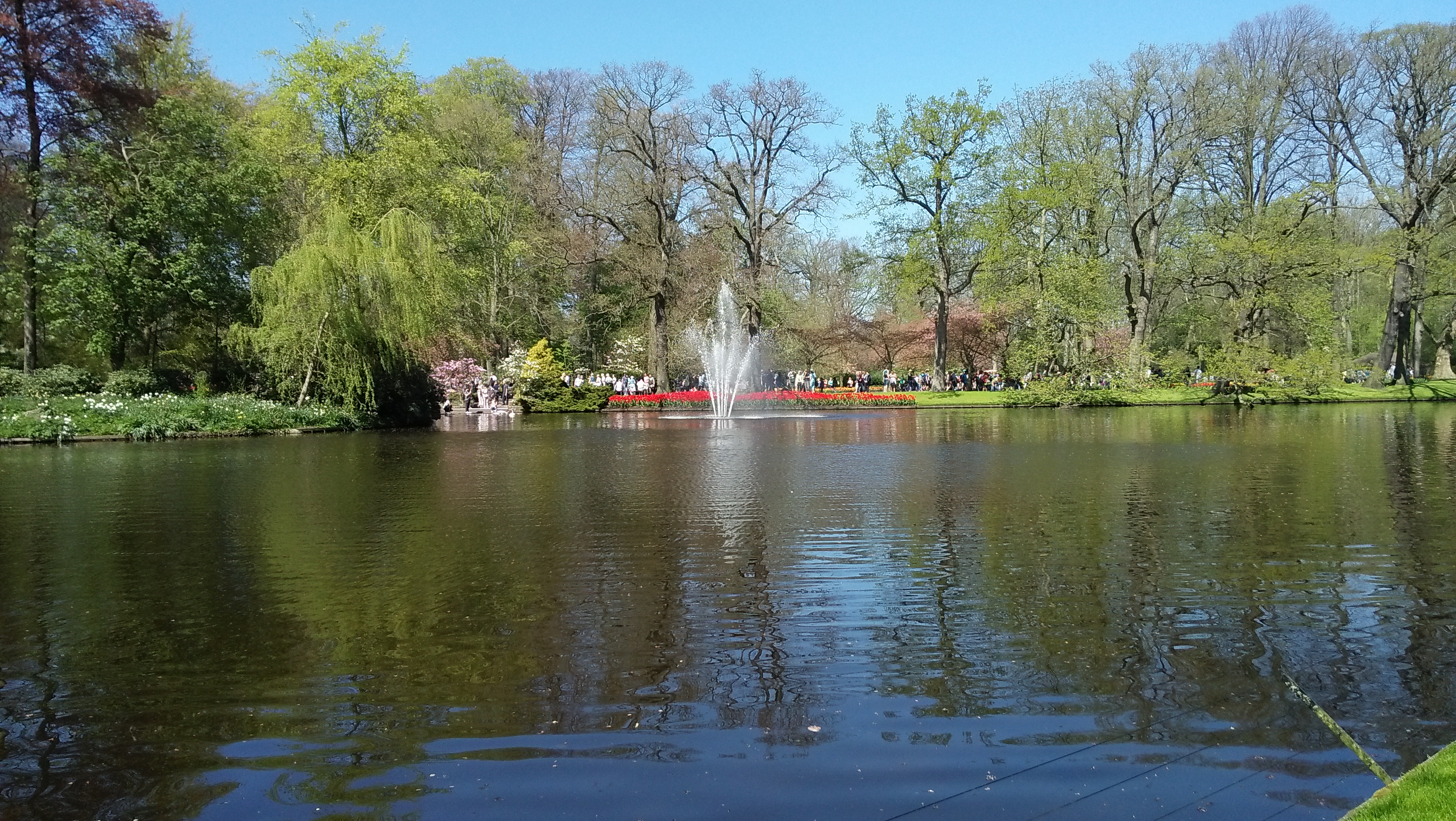
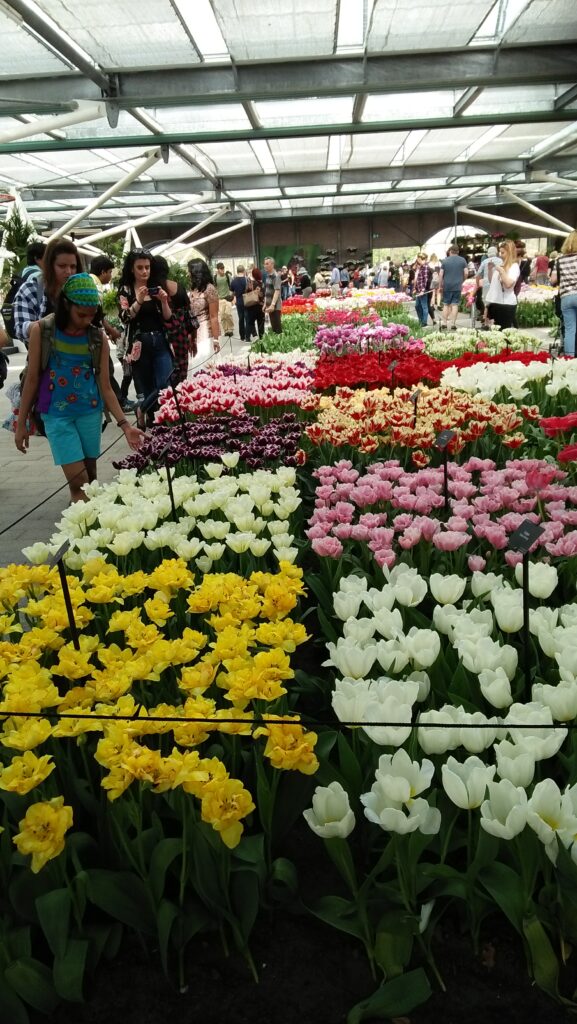
My cousin drove us to Antwerp and Brussels the next day. The Port of Antwerp was one of the biggest in the world and the city was also known as the hub of the world’s diamond trade. Antwerp had classic heritage buildings including a fortress and the Cathedral of Our Lady with beautiful interiors decorated with religious symbols and paintings and gorgeous stained-glass windows. We had French Fries (should have been named Belgian Fries as they originated in Belgium) with dips served in generous helpings.
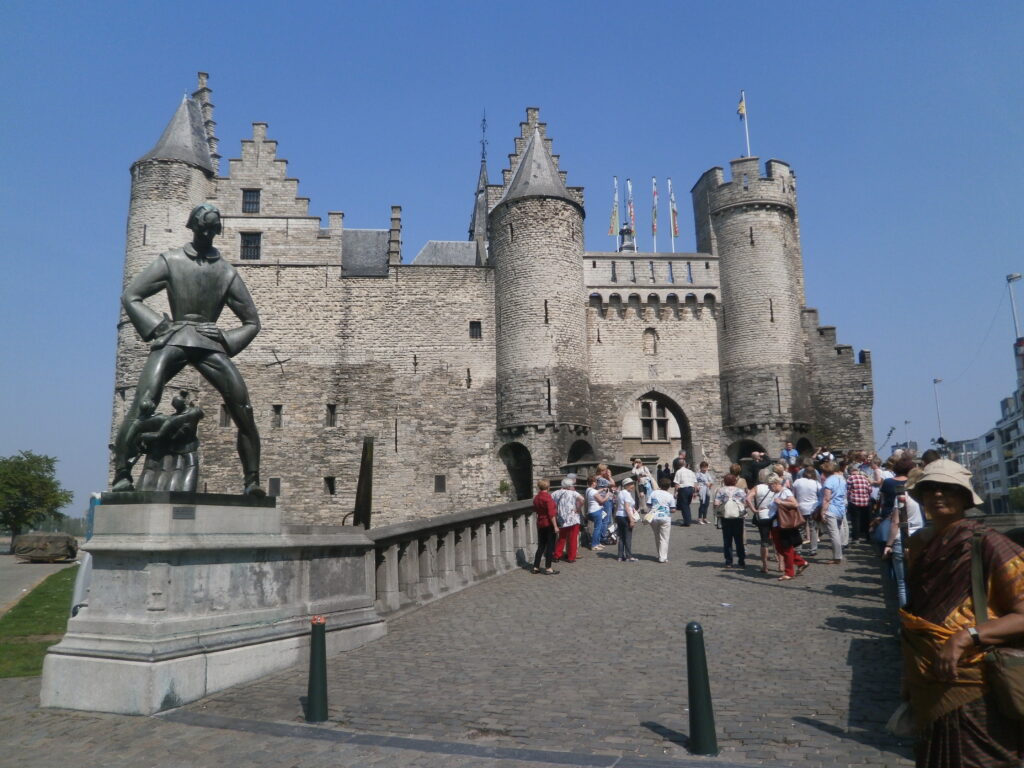
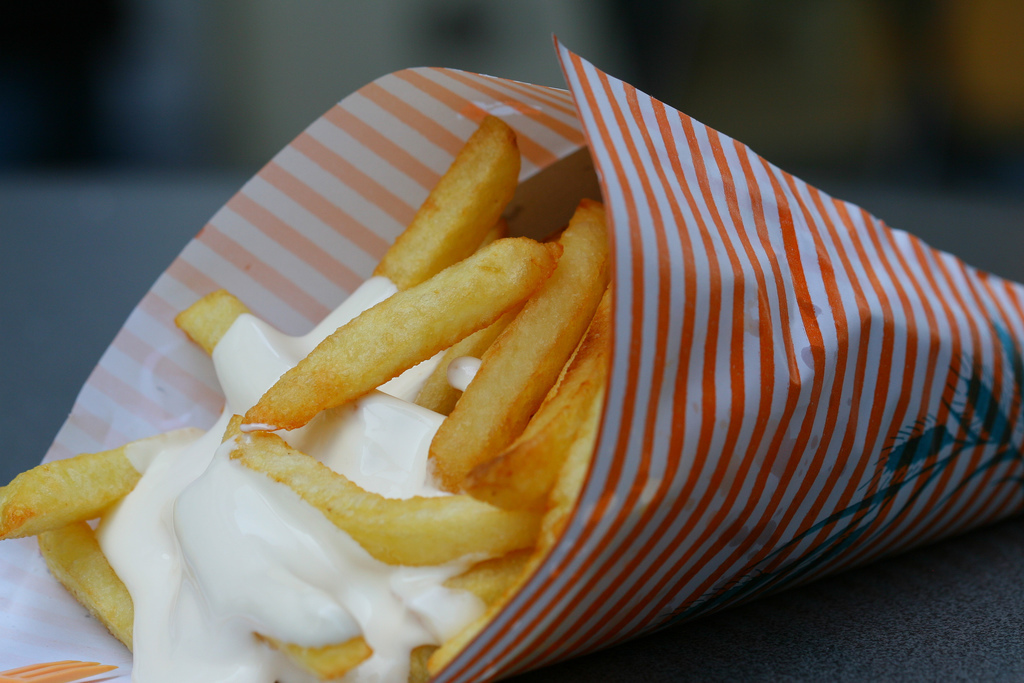
Brussels, famed for its waffles, chocolates and fries and the capital city of Belgium, was orderly, colourful with symmetrical buildings, squares and cobbled pavements. The market place had several shops of renowned chocolate brands and of course, we shopped loads for ourselves and family back home. I stood in a long queue in front of Maison Dandoy for some of the best, melt-in-the-mouth waffles ever made. The aroma wafted all the way down the street. As I waited, the rest went to see the famous Manneken Pis bronze statue of a naked boy urinating, that my 12-year-old did not appreciate. After enjoying the scenes in the Square we made our way back to the car and finally home in Hilversum.
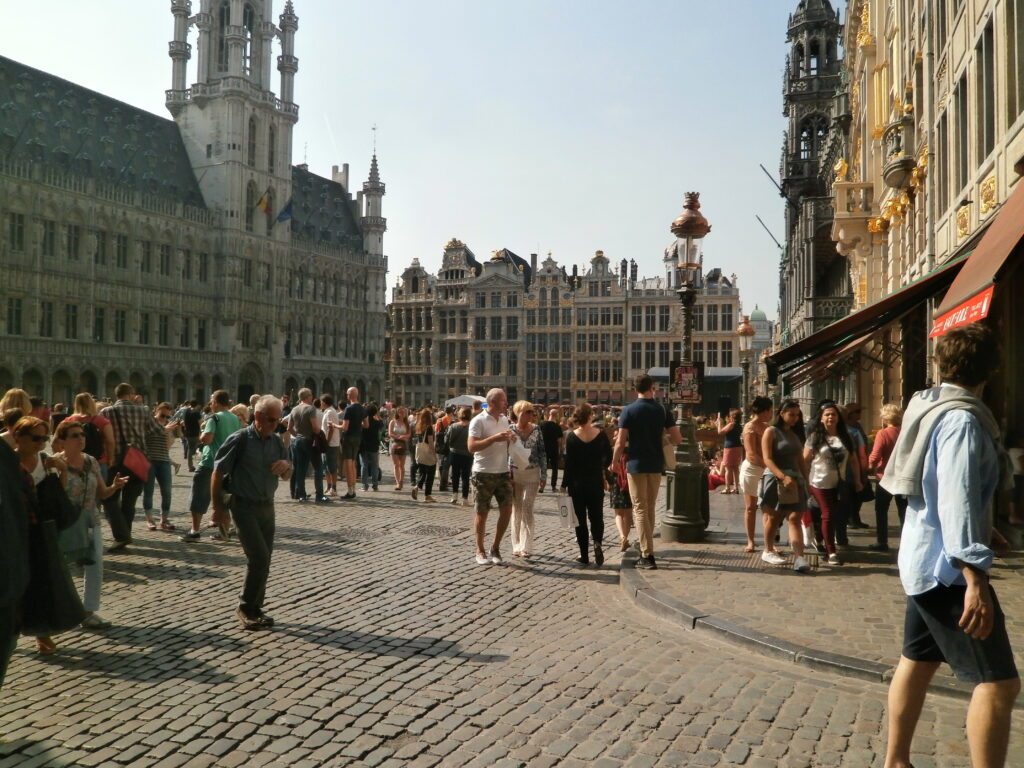
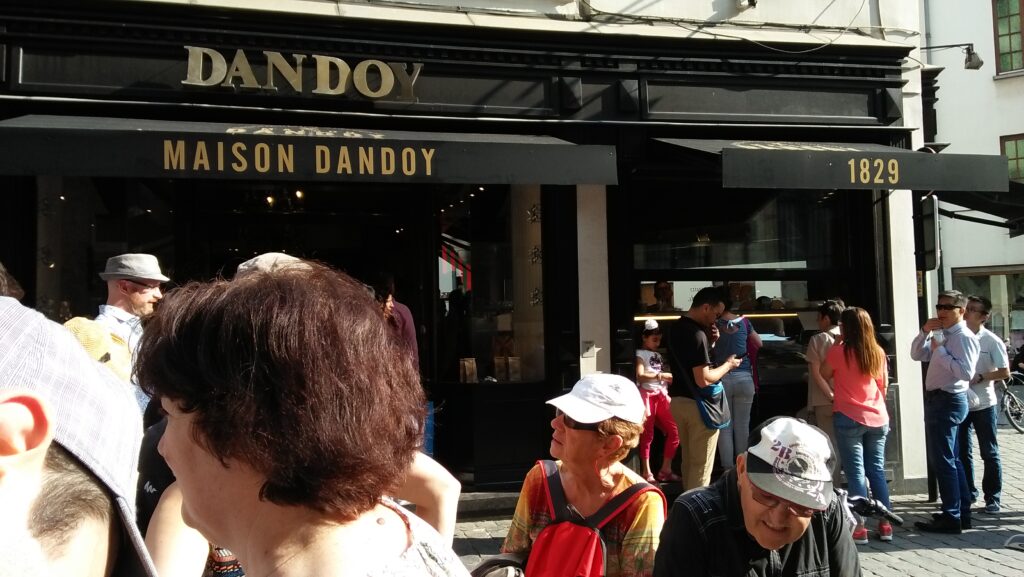
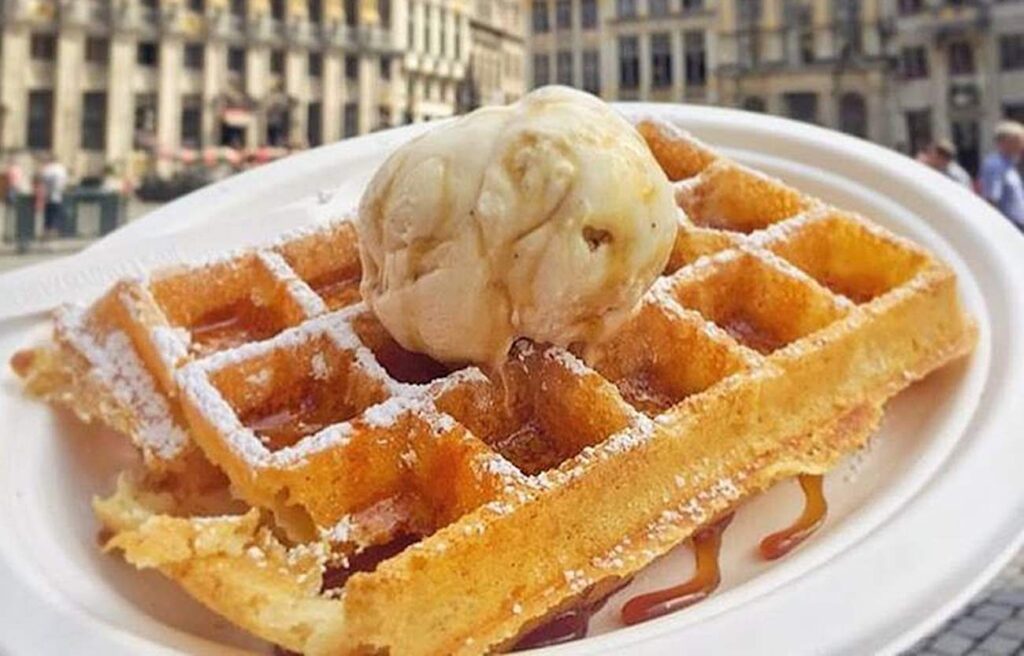
Our last day in Holland and we were to visit The Hague. Fifteen minutes from The Hague was Madurodam, a park with a miniature representation of Holland. All the historical places, ports, the airport, canals and new developments were to be seen in miniature. It was a great place for children and tourists alike. My daughter loved it! We met up with our family outside and drove to the International Court of Justice at The Hague, but unfortunately it shut at 5pm and we were a bit late. We viewed it from the outside then drove to the beach of the North Sea nearby. We spent some lovely time there strolling and munching on fries. The whole family dined at a local restaurant and drove back to Hilversum. Early next morning we departed for Rome, after nearly missing the flight passing through numerous check-points at the unending Schiphol airport!
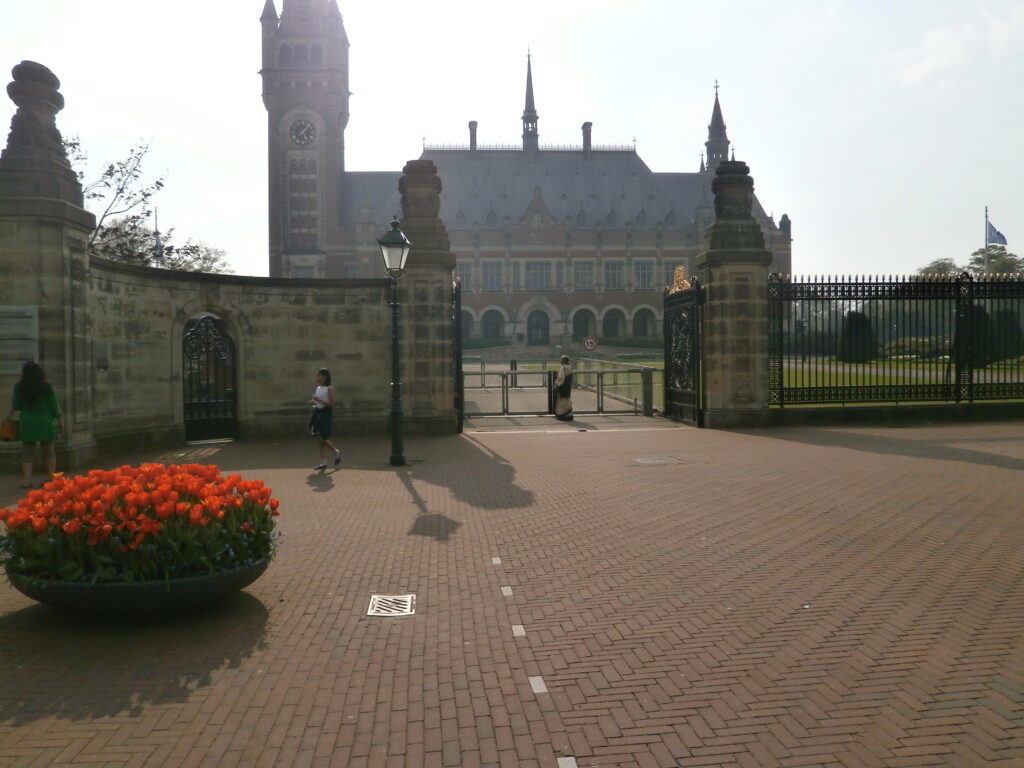
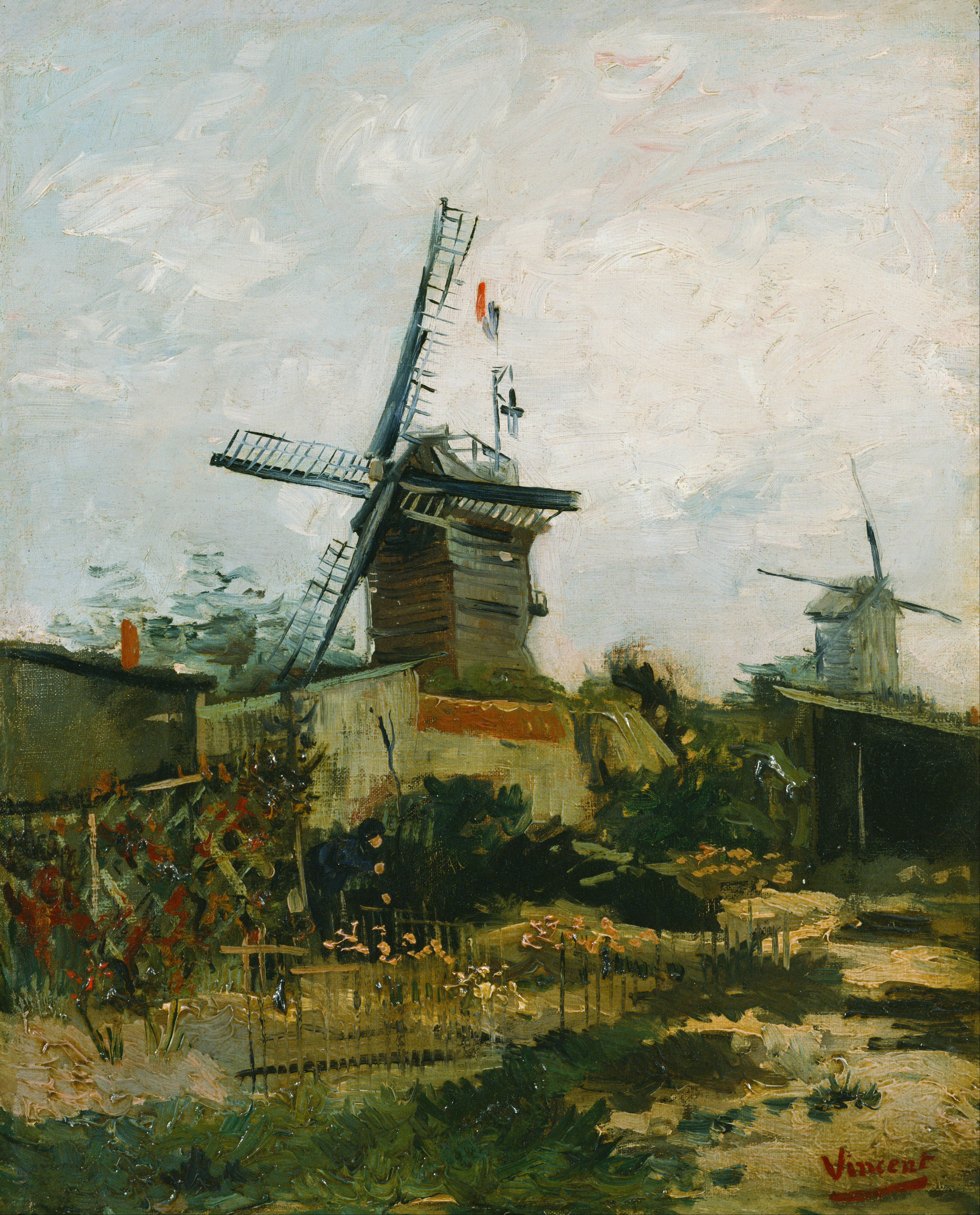
In Rome at last! Appa’s boyhood dream come true! The hotel had sent a vehicle to pick us up at the Fiumicino Leonardo Da Vinci Airport and, loading our luggage we got in for a 45-minute drive to the city. I had booked us at the Hotel Tirreno Roma (recommended by a friend), for its fantastic location. This warm, family-run hotel was walking distance (800 mtrs) from the main train station (Termini Station) and the main metro and bus stops and terminus. It was also walking distance from some landmark sights in Rome.
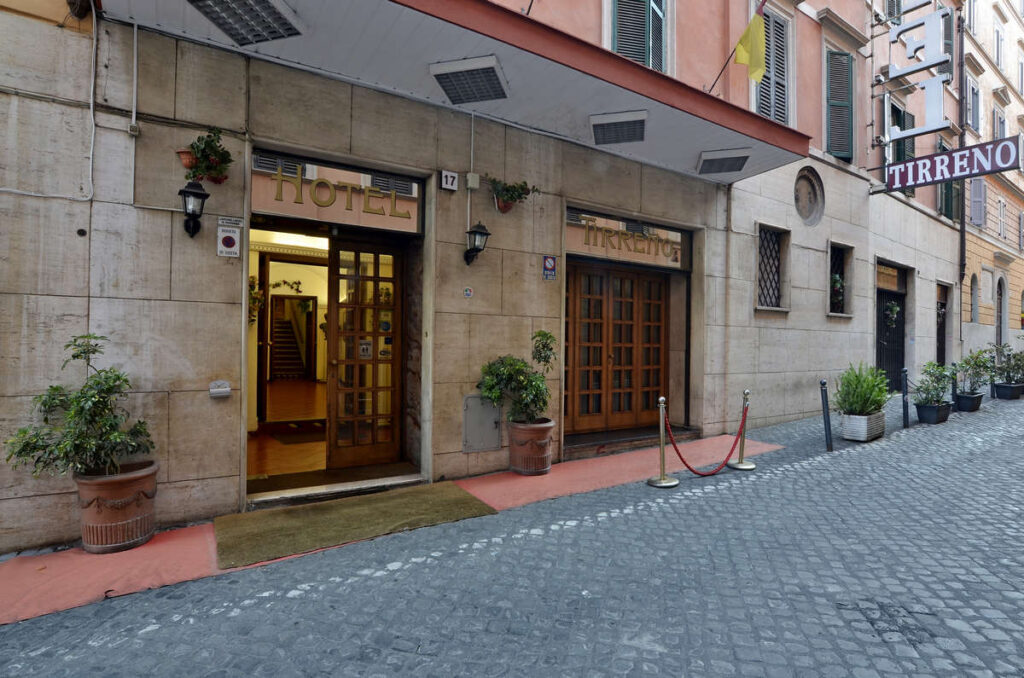
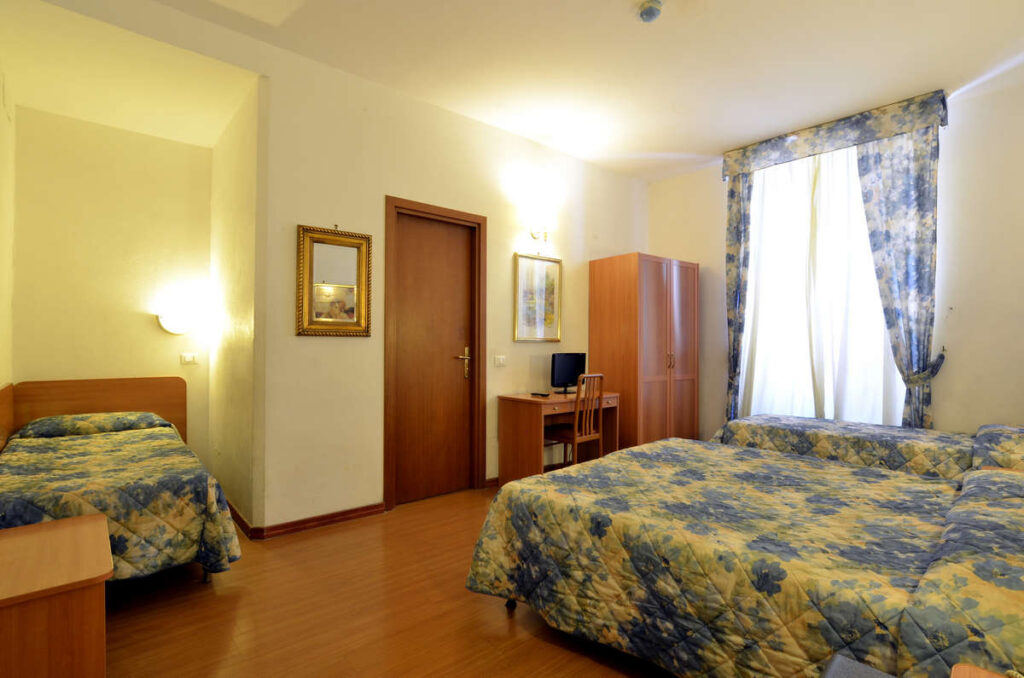
We deposited our luggage and after freshening up, left immediately for our first destination. The Colosseum. Just saying it aloud gives me goosebumps! We walked a few minutes down from the hotel and suddenly, to the left, we saw the huge, towering, broken arc. The four of us stood still to digest what we had just then seen. We walked slowly towards the wondrous structure. Since we had already booked our entrance tickets online, we did not have to wait in the long queue. We covered every inch of the Colosseum, walking up the stairs right to the top, moving around to the left, then right, imagining gladiators getting ready below for their fight against each other or against animals, Caesar sitting above declaring the games open, fifty thousand spectators in the stands roaring and cheering, the intense battle and finally a thumbs-up or thumbs-down from Caesar for the victor. We were reluctant to leave.
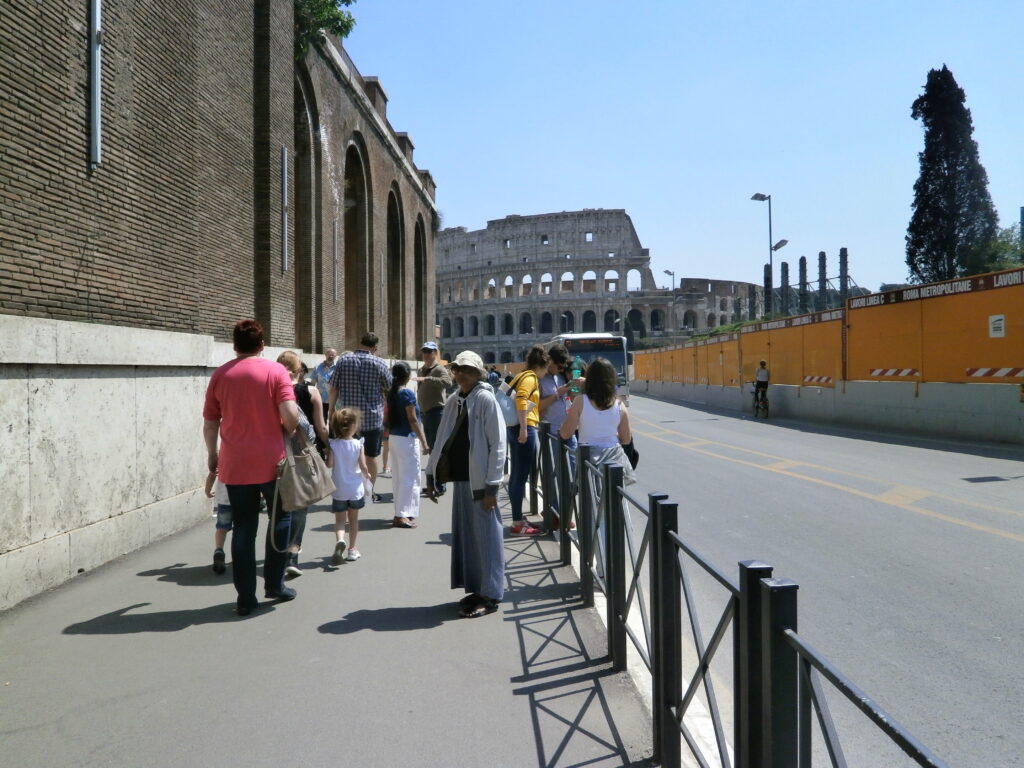
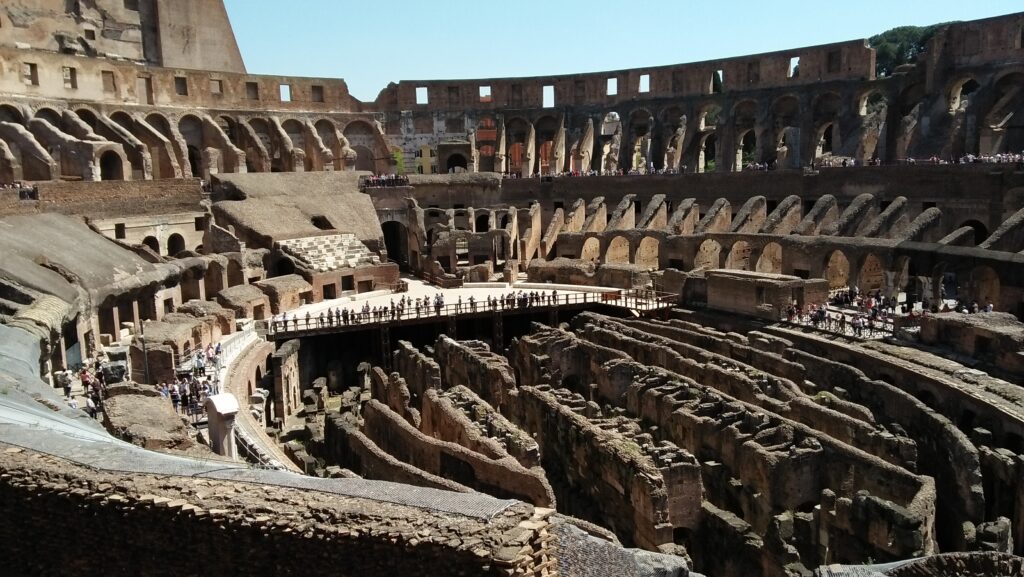
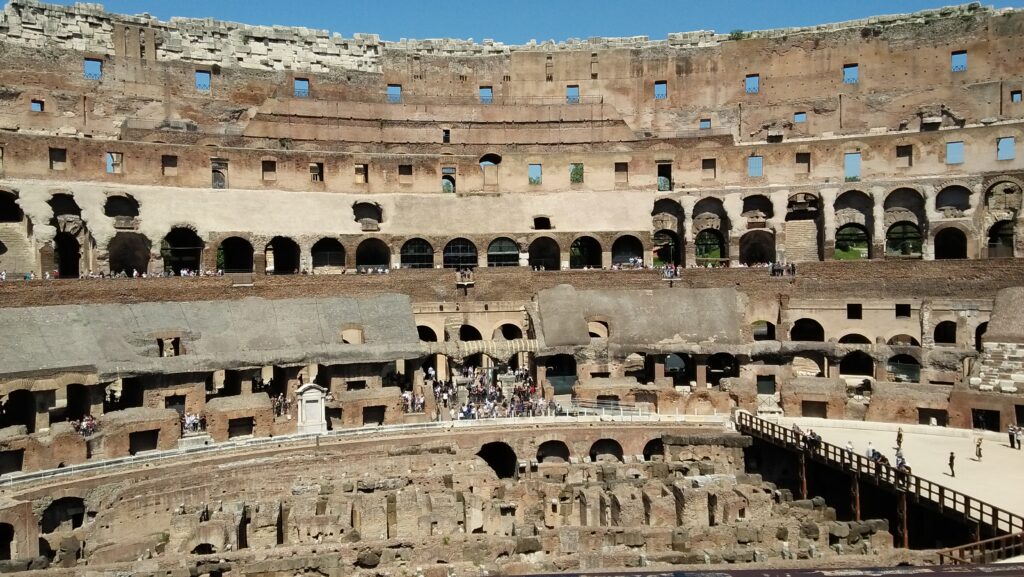
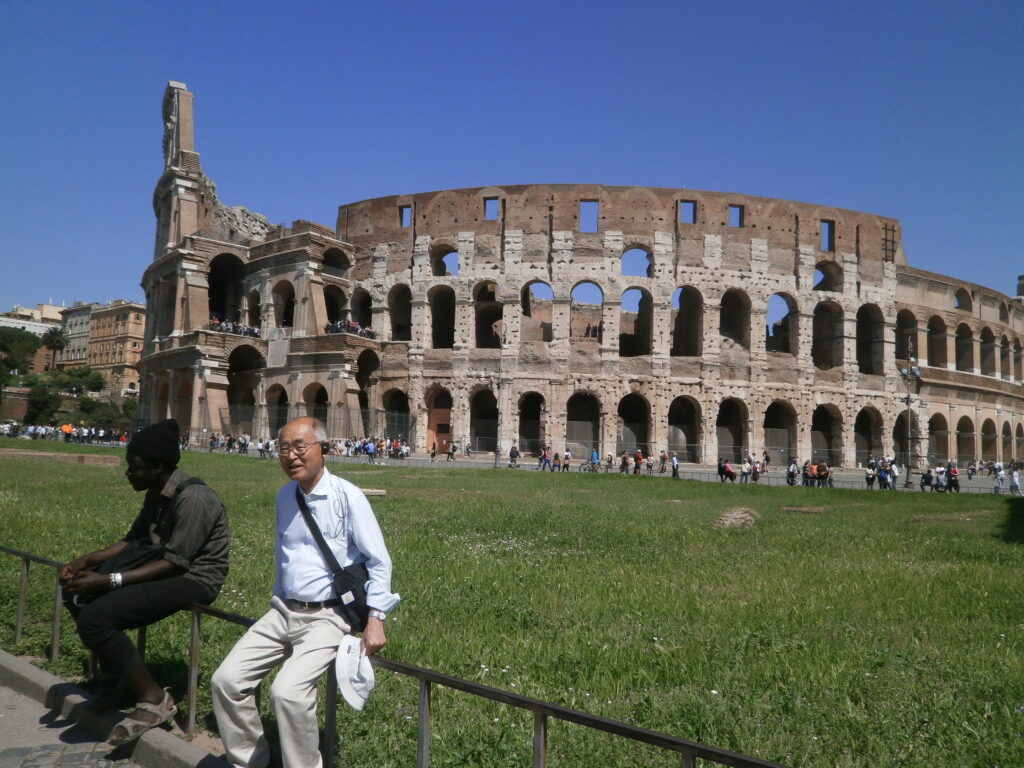
We walked towards the Palantino Hill, the central of the seven hills of Rome and from where Romulus founded the city. It housed the palaces of Roman Emperors. It also had a great view of the Roman Forum, once the centre of Rome where the citizens lived their day-to-day lives. There were important government buildings and it was the site of triumphal processions and elections; the venue for public speeches, criminal trials, and the nucleus of commercial affairs. This pride and centre of Roman power had been destroyed and partly rebuilt over later years. It was also the place, in Shakespeare’s play Julius Caesar, where Mark Antony gave his famous “Friends, Romans, Countrymen” speech. Amma was delighted as she had studied that piece in school. We walked down the Forum and saw the famous Roman Senate, the large Basilica of Maxentius from the 4th century, the spot where the remains of the cremated body of Julius Caesar were buried by his great-nephew Augustus. It was thrilling to walk down those same streets the Romans had tread centuries ago.
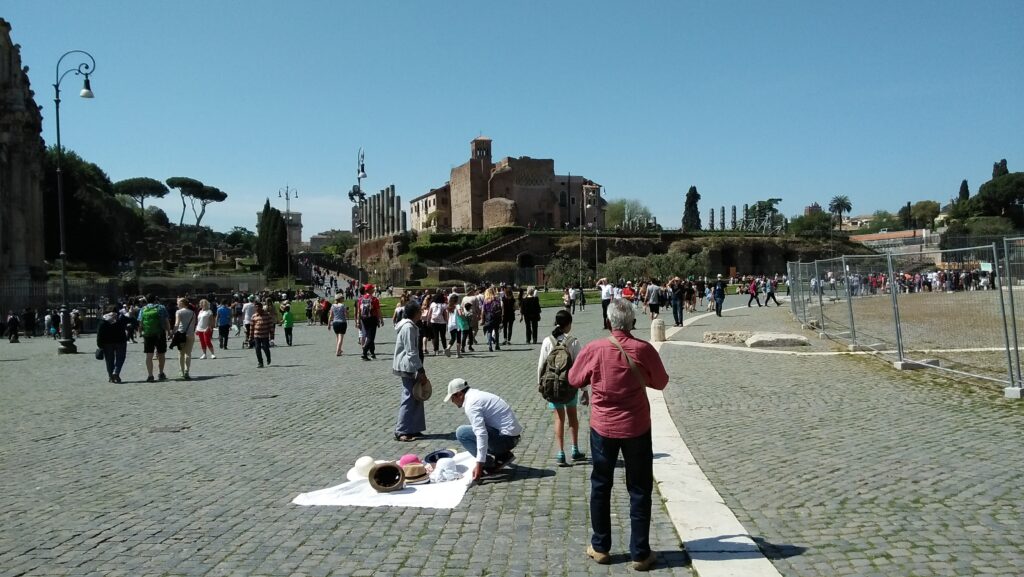
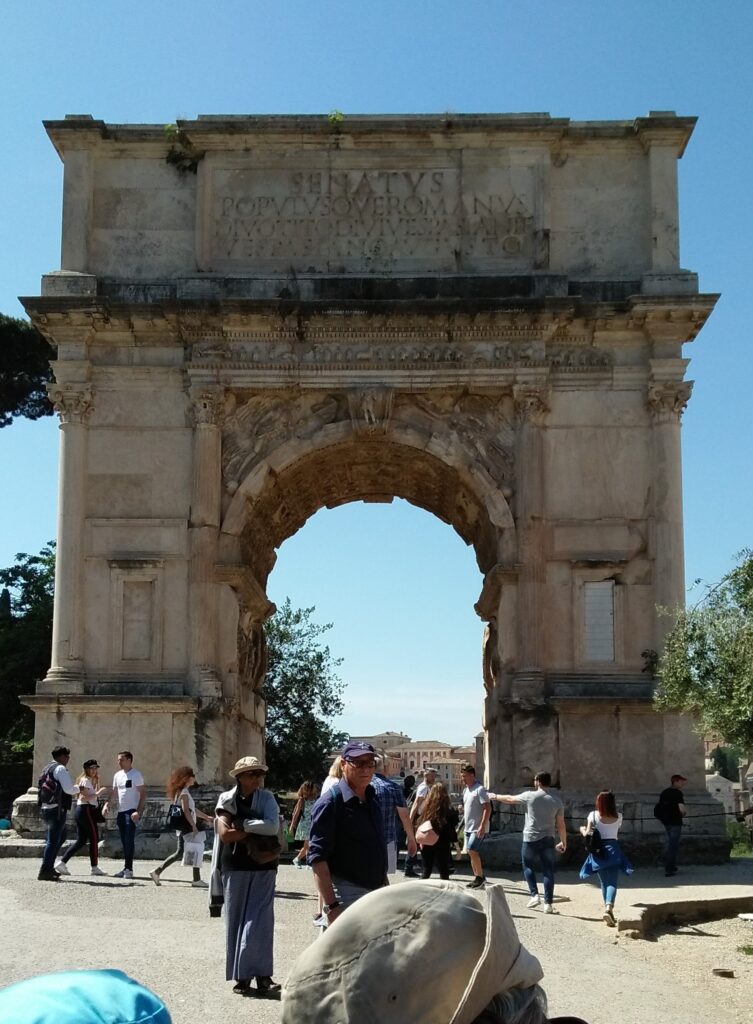
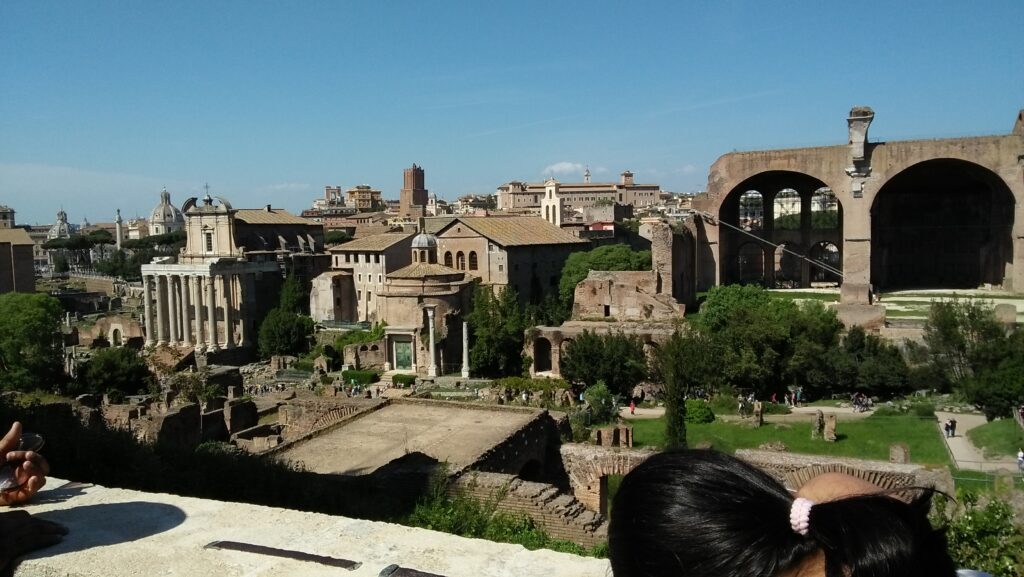
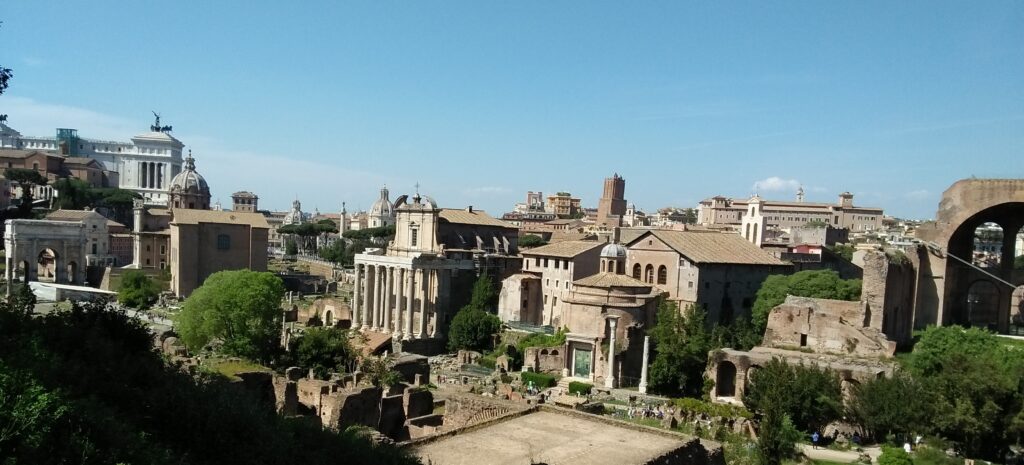
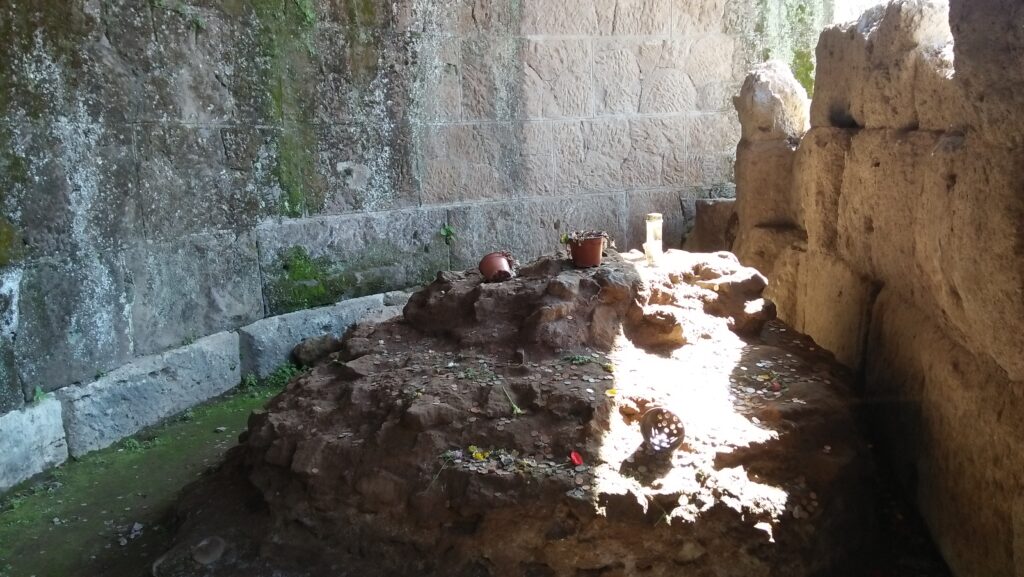
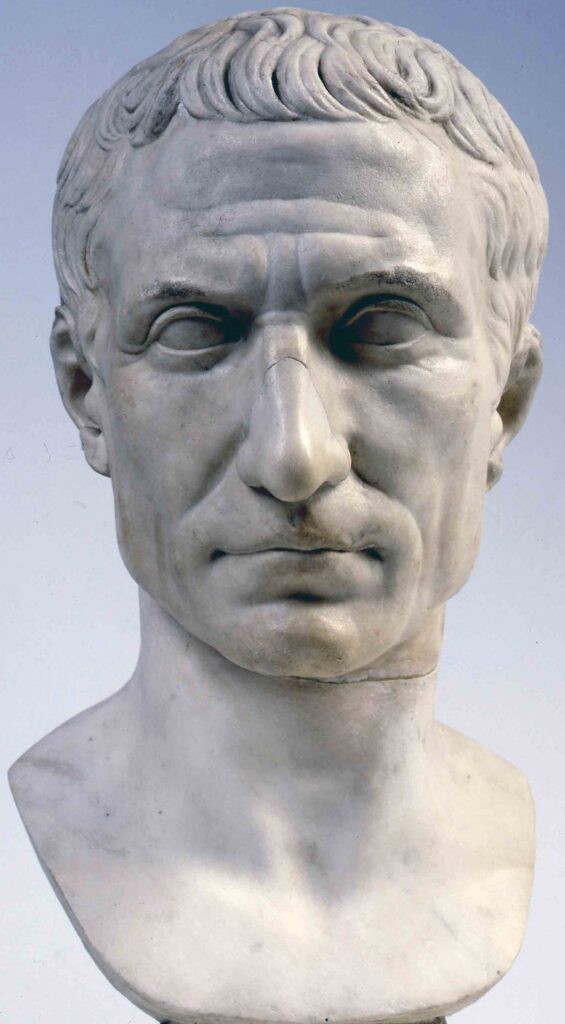
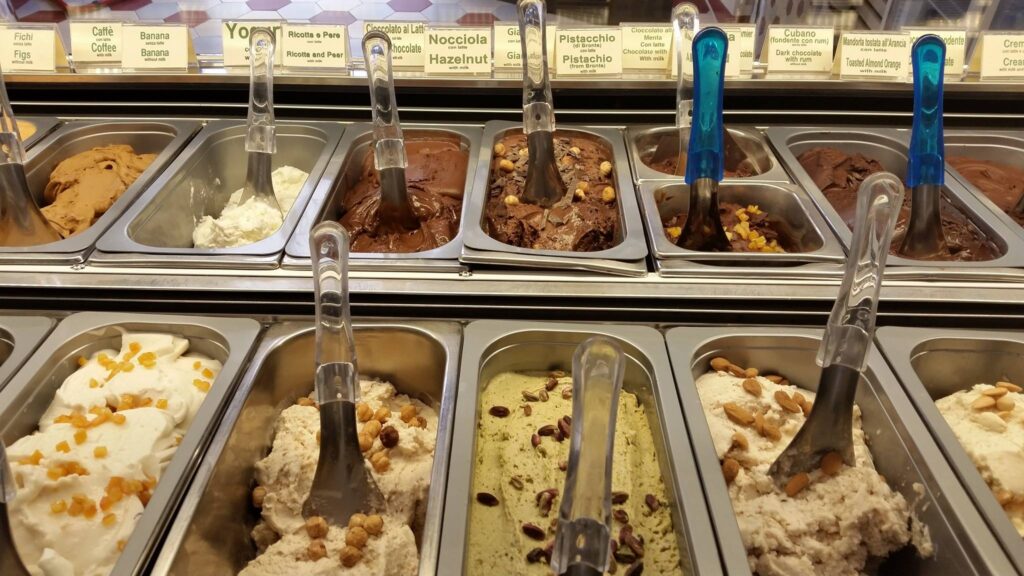
We walked back to our hotel, deeply satisfied. On the way we stopped for a late lunch and huge servings of gelato ice-cream from a gelateria near our hotel.
Day 2 in Rome and after an early breakfast we took the metro to the Vatican City. We walked directly into the Vatican Museums with our online tickets (the queue outside was unimaginably long). Founded by Pope Julius II in the early 16th century, it had one of the world’s greatest art collections including Egyptian artefacts, statues, reliefs, bronze work, paintings by great masters, ceiling embellishments etc. The displays seemed endless in variety and the rooms never-ending. The paintings, though large, were wonderful in their detail and finish. Of the four of us, Appa had the keenest eye for art. All his knowledge came to the fore and he excitedly drew our attention to the paintings by Raphael, Titan, Perugino, Da Vinci and more. The greatest masterpiece was of course the ceiling of the Sistine Chapel by Michelangelo Buonarotti. The ten paintings included scenes from the bible like creation of man, woman and the world, the last judgement, David and Goliath, among others. Appa knew every scene and its position on the ceiling and was most reluctant to leave the chapel. My daughter had to drag him out. Amma indulged us in our love of art and always accompanied us, though after a while, both she and her granddaughter would lose interest.
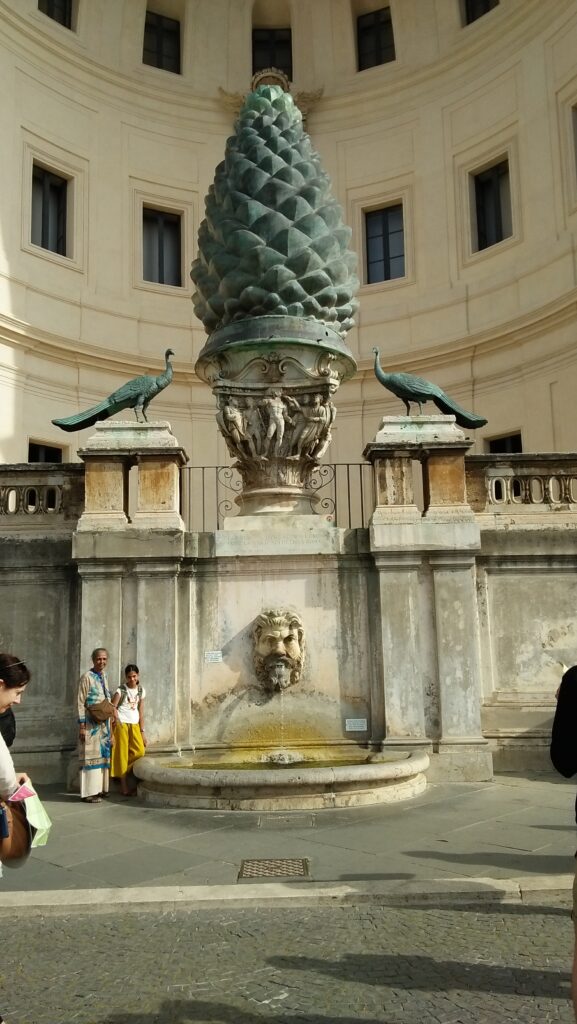
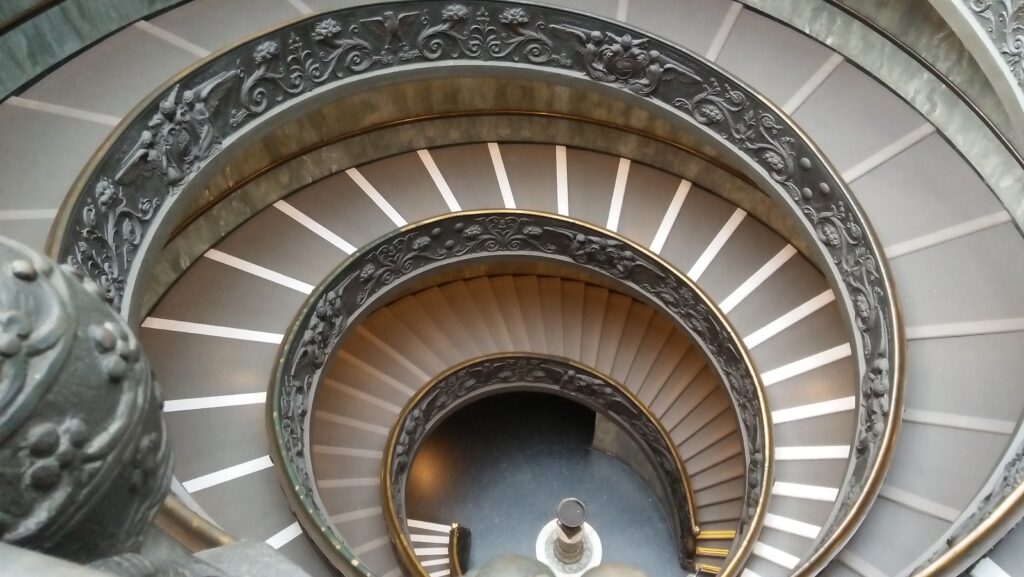
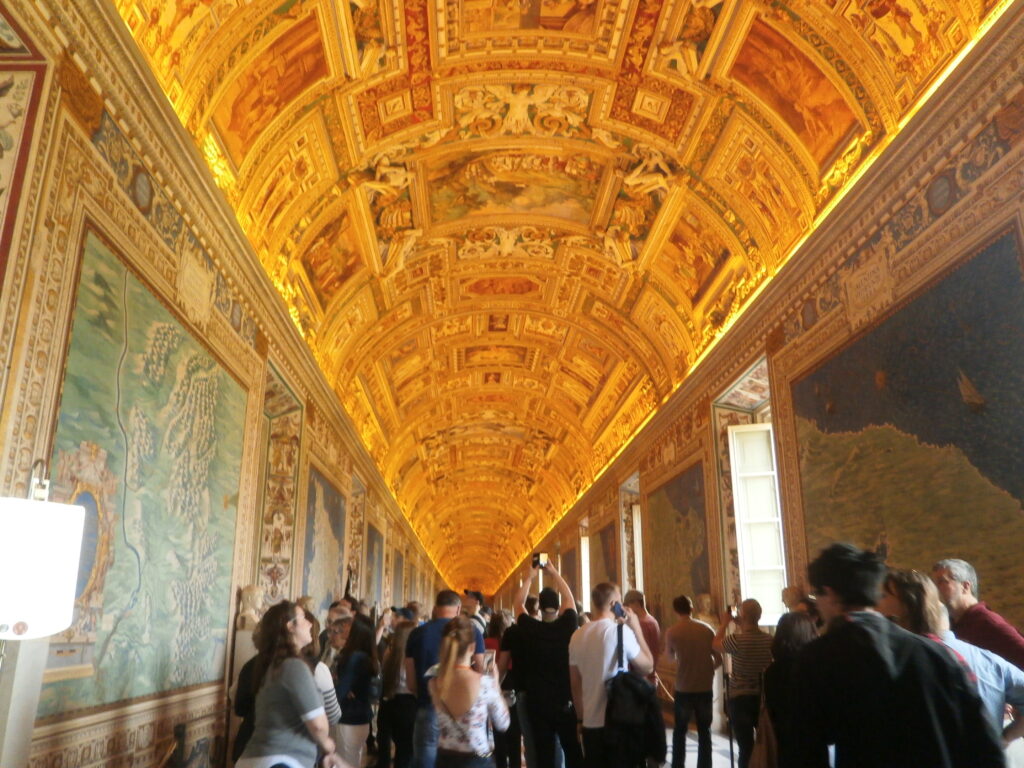
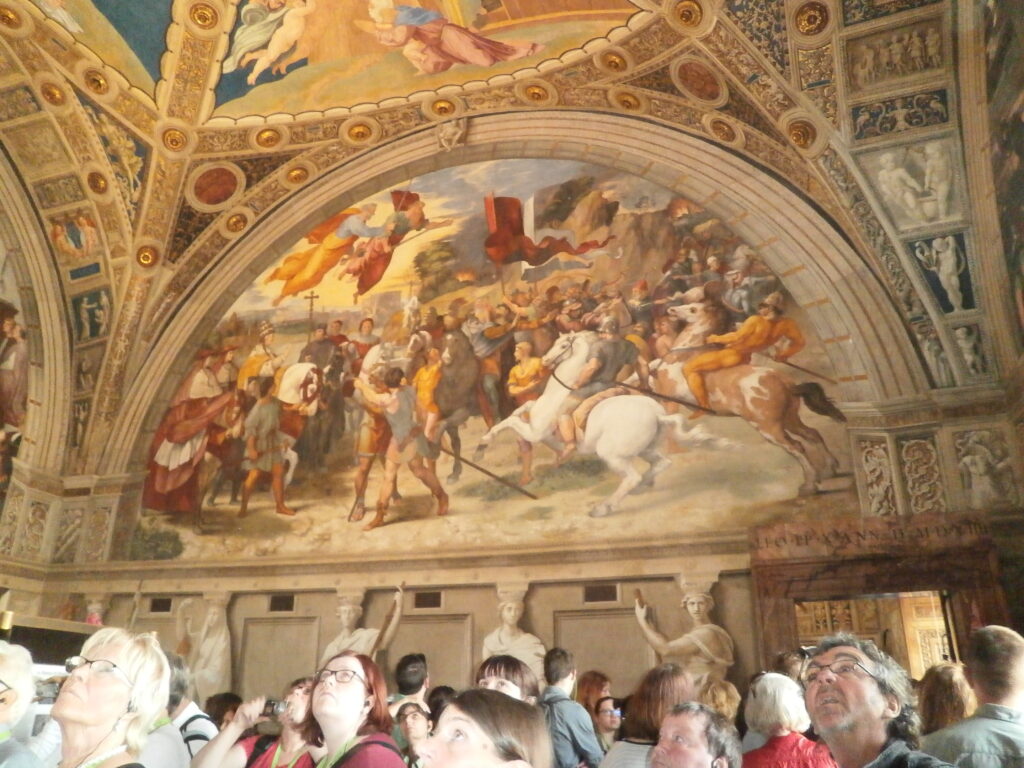
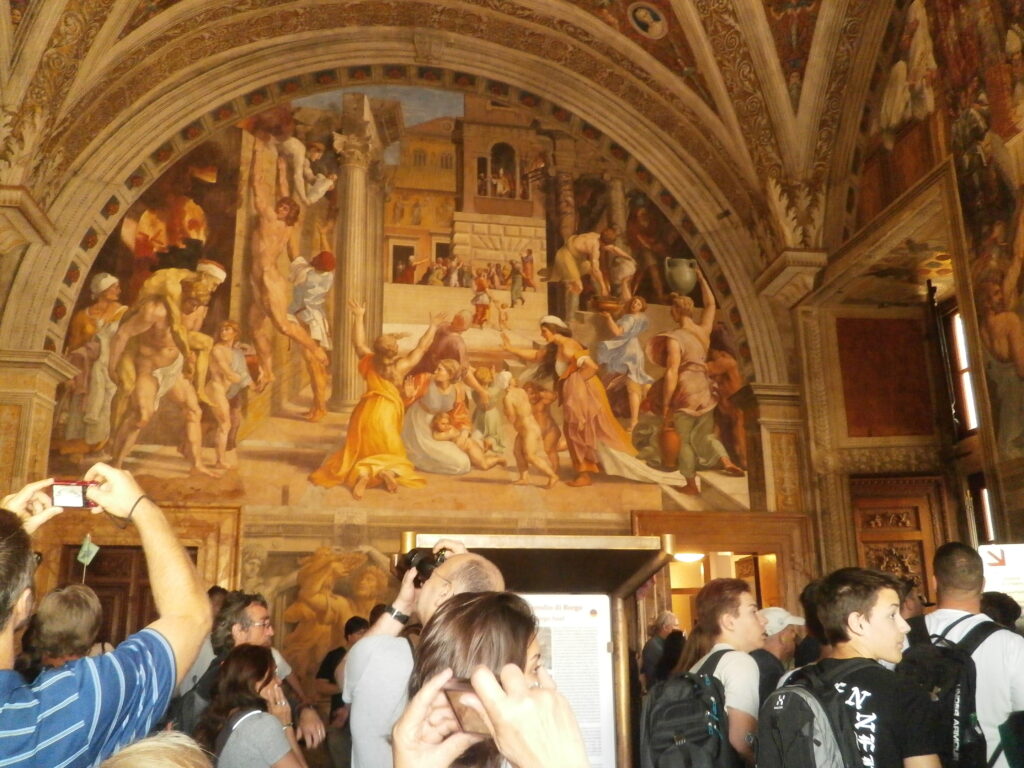
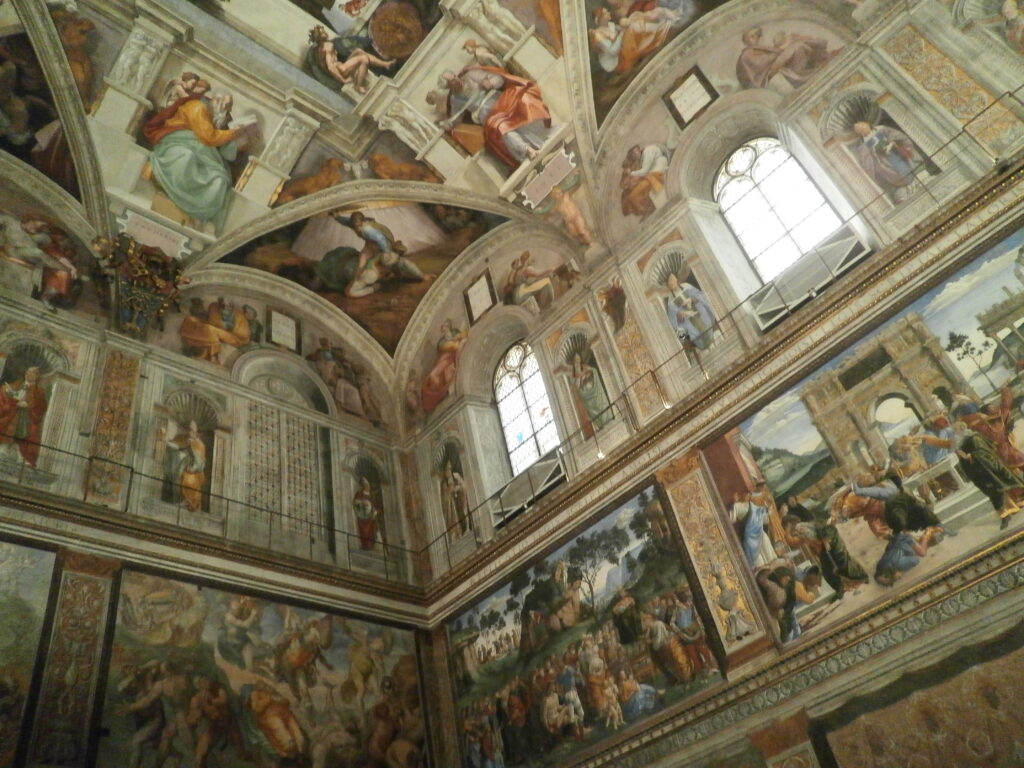
We exited the Vatican museums and relaxed at the tables outside, eating oranges Amma had packed for us. We then walked to St Peter’s Square, to see the St Peter’s Basilica, Italy’s largest, richest and most spectacular church in the world. Since entry was free for all, I stood for an hour in the queue (Amma, Appa and my daughter sat on stone benches nearby) before were reached the entrance. It was completed in 1626 after 120 years of construction and renewal. The central dome, an architectural wonder, was designed by Michelangelo. The Square in front was designed by Bernini with two long, semi-circular colonnades, each having four rows of tall columns with statues of saints above. In the centre stood the familiar 25-metre-tall obelisk from Egypt. There were 2 identical fountains designed by Bernini. The inside of the church was even more spectacular!! Sculptures and paintings by the great masters. Even if one knew nothing about art, one could not but be awed by this monument.
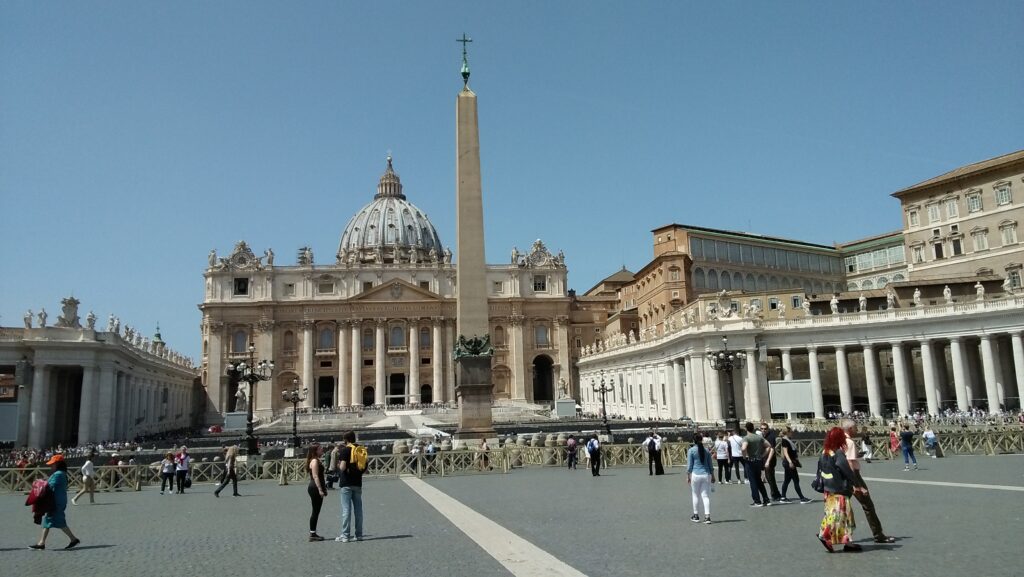
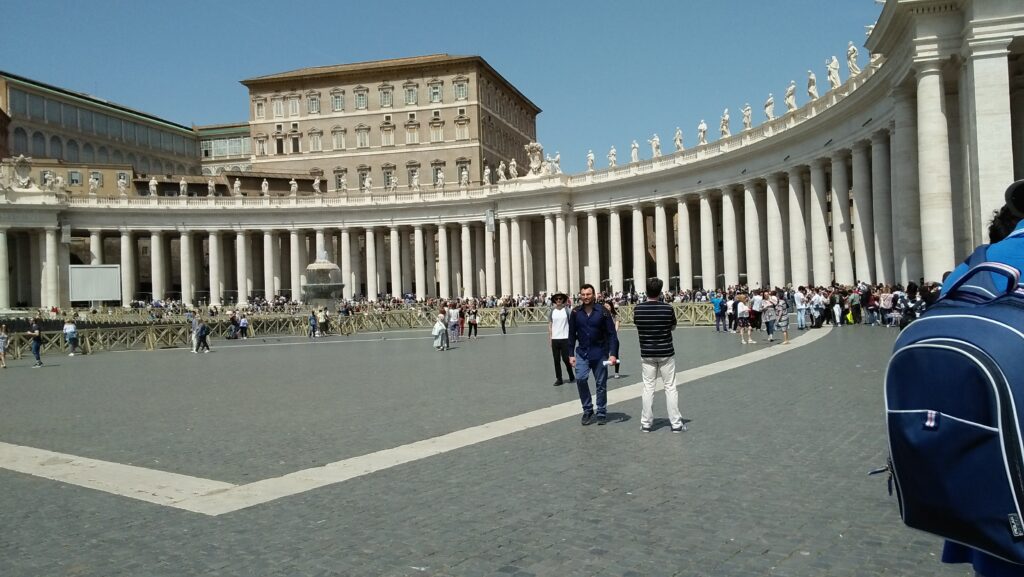
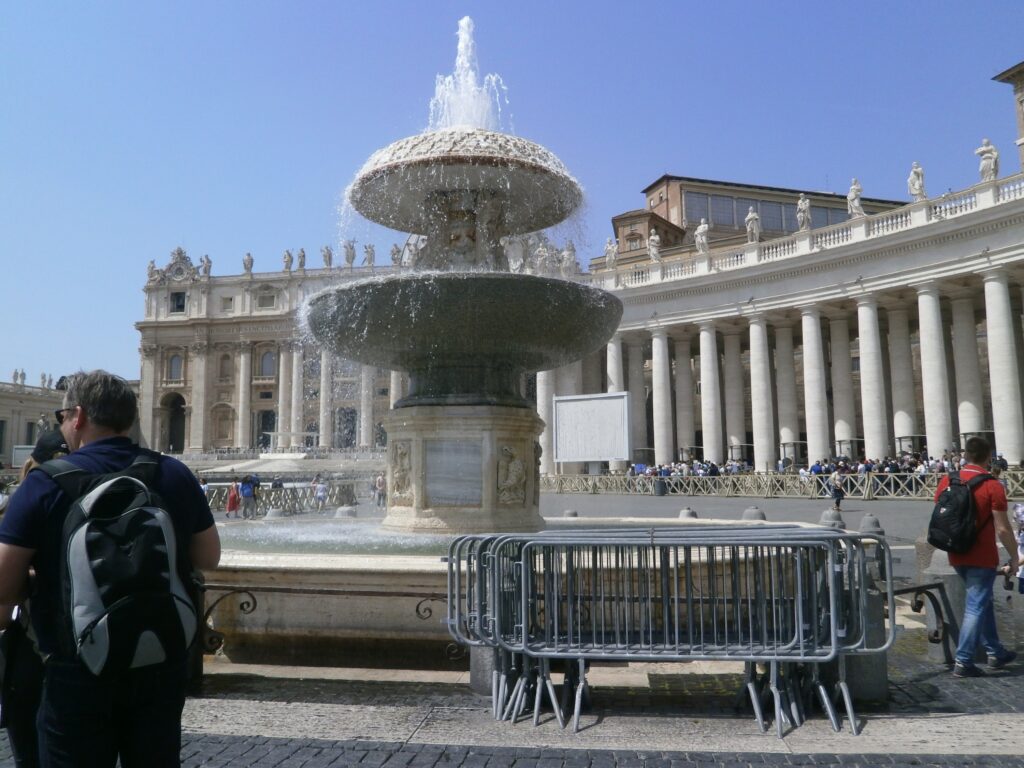
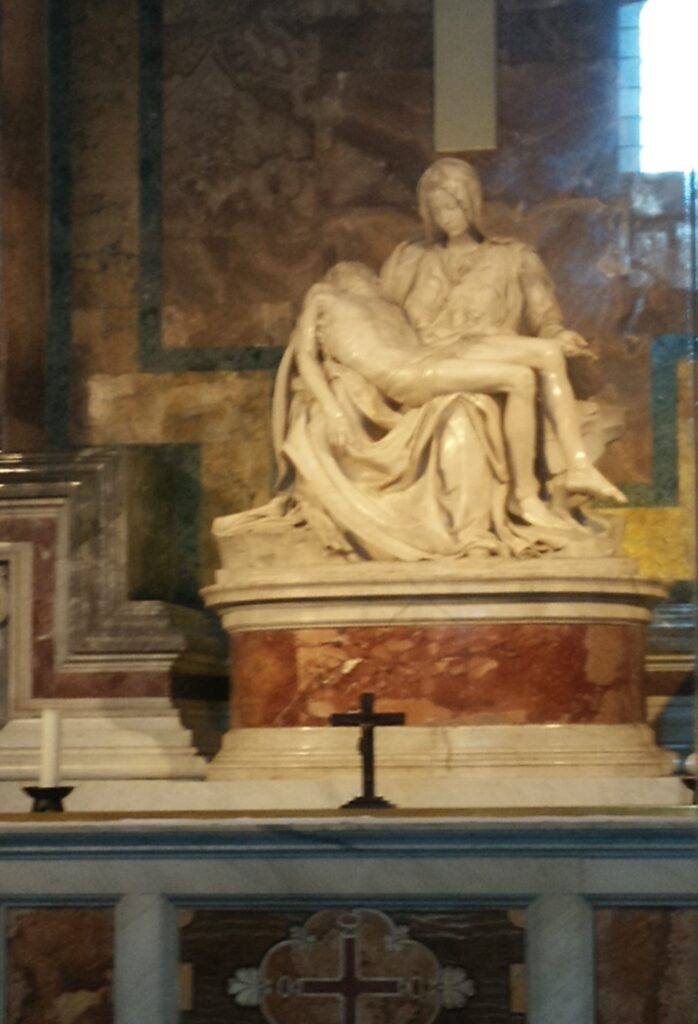
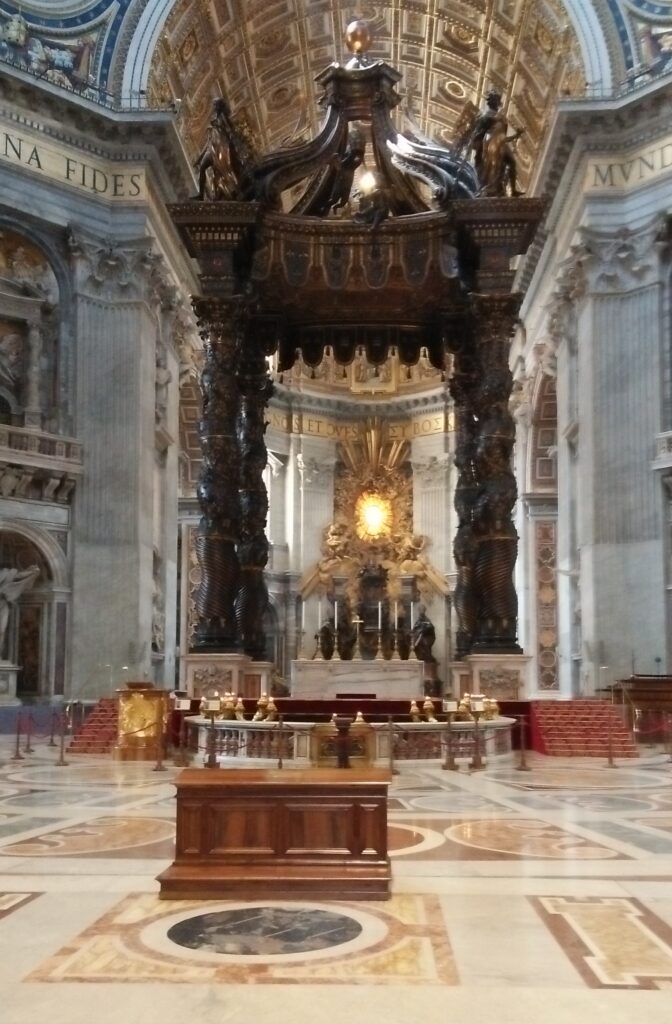
We stepped out of the Basilica and looked around for a place to eat. We were hungry! We took a taxi to Piazza Novona for lunch and sat at a table outside close to Bernini’s fountain. The piazza featured important sculptural creations one of which was the famous Fontana dei Quattro Fiumi or Fountain of the Four Rivers (1651) by Gian Lorenzo Bernini, topped by the Obelisk of Domitian. The Fountain depicts Gods of the four great rivers in the four continents as then recognized by the Renaissance geographers: the Nile in Africa, the Ganges in Asia, the Danube in Europe and the Río de la Plata in America. As we sat at our table, an Italian musician with an accordion played old Hindi tunes to our delight! So charming! Another double-scoop of gelato after lunch and we walked all the way back to our hotel. A fantastic day!
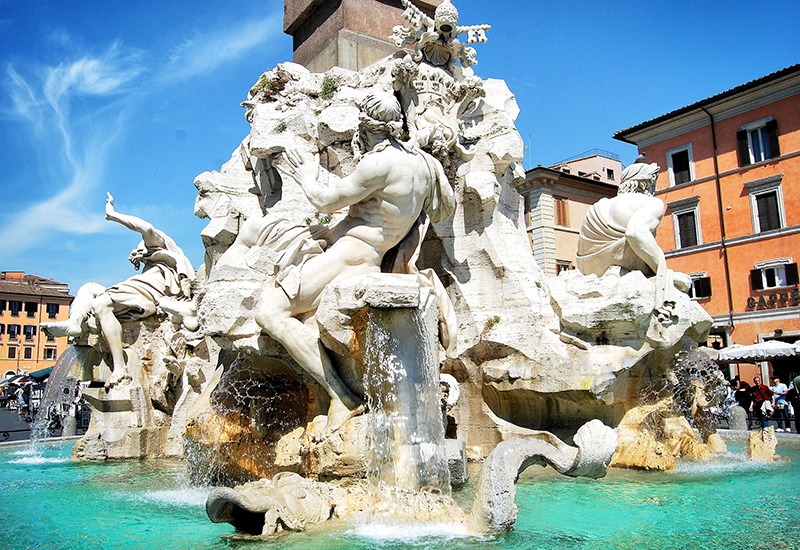
Day 3 in Rome and day 8 of our trip, we hurried to go to Naples. As I had booked all train tickets through Trenitalia 3 months in advance, we had to catch the right train at the appointed time as there were four seats reserved for us. Our train was to depart from the Rome Termini station (800 mtrs from our hotel) at 7am for Naples, so we left the hotel at 6am. On the way to the Termini was an all-night coffee shop run by an Italian family. Every time we had to catch an early train, we would stop there for cappuccino and hot chocolate and pick up some delicious breads for breakfast. We boarded our train and found our cosy spot, two seats facing the other two. Delighted, we opened up the tables in between and settled comfortably, spreading our breakfast of sweet bread, cakes and delicious yoghurt, water bottles and napkins. We reached Naples station after an hour and 15 minutes. We then had to catch a local train to Pompeii Scavi in order to get to Pompeii, our destination for the day. Once there, we waited in the bus shuttle office outside the station, where I had booked tickets for a ride to Mt Vesuvius.

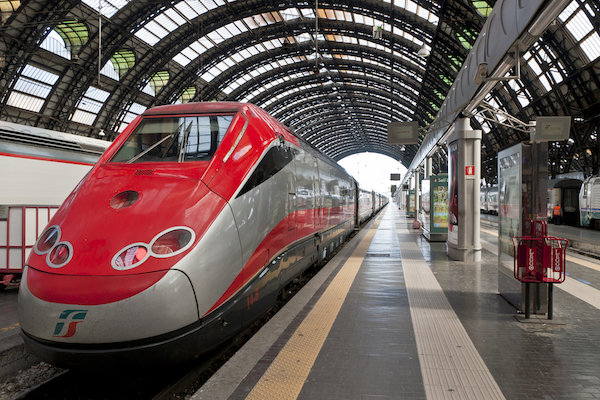
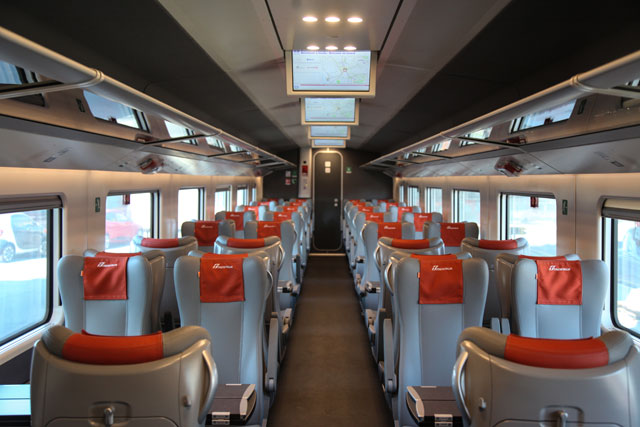
We got into the bus with other passengers and our driver (handsome as Paul Newman) dropped us off at the summit car park. He would wait till we returned. We had to trek 1km to the top to see the crater. Mt Vesuvius was an active volcano that had seen multiple eruptions including in AD 79, 1631 and the more recent, 1944. The first eruption not only destroyed Pompeii but the overflow pushed the bay of Naples coastline back several kilometres. The violent outbursts also destroyed much of the mountain top, creating a huge crater and two new mountain peaks, clearly visible from Pompeii. Amma and Appa walked the gravel and rock-strewn pathway to the crater with the help of sturdy walking sticks, encouraged by my daughter skipping alongside them. They made it to the top (a fantastic feat!) and we peered down the deep, blackened crater, thrilled by the experience. The view of the Bay of Naples from the top was stunning! My daughter bought lava-stone pendants from a nearby gift store. We walked back down and got into the bus that took us to the ruins of Pompeii.
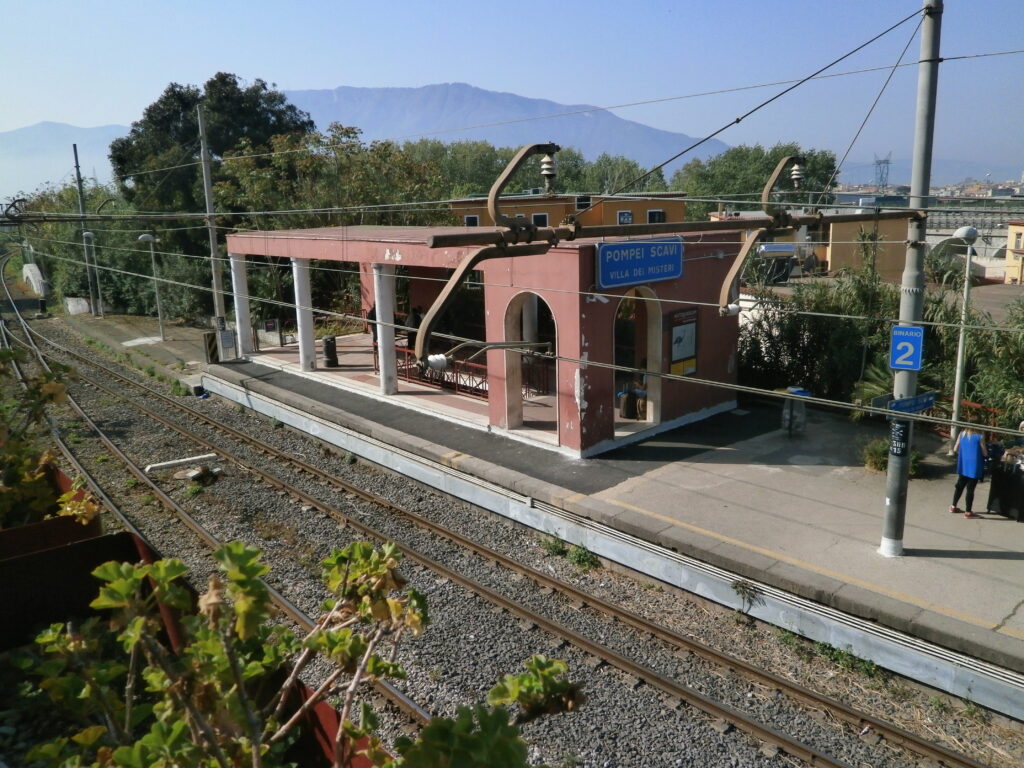
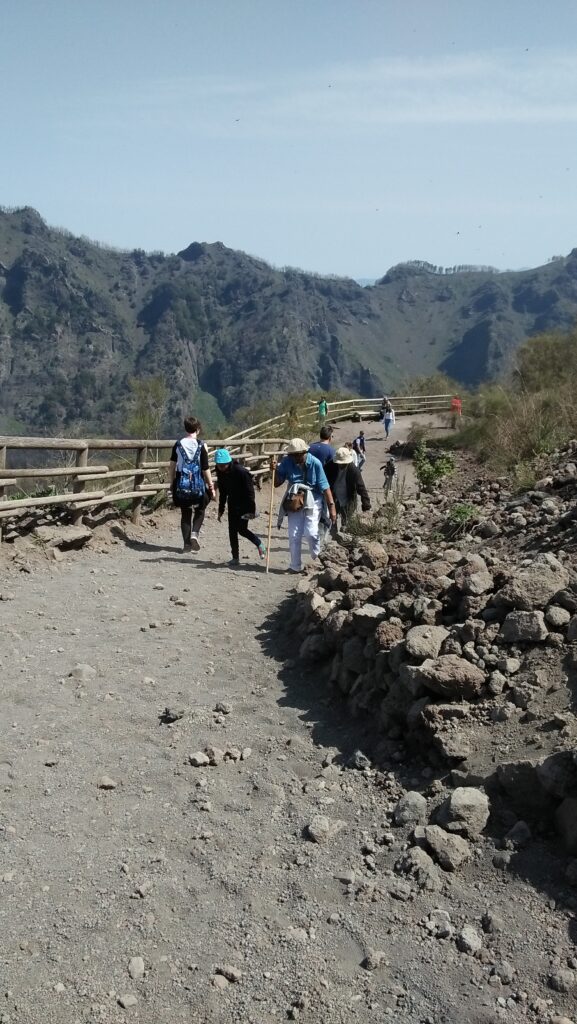
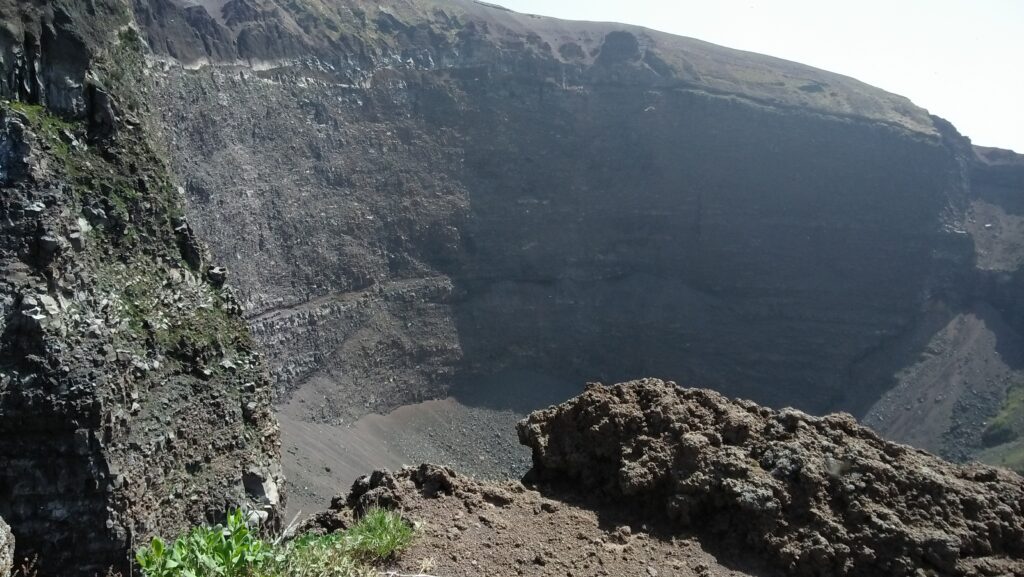
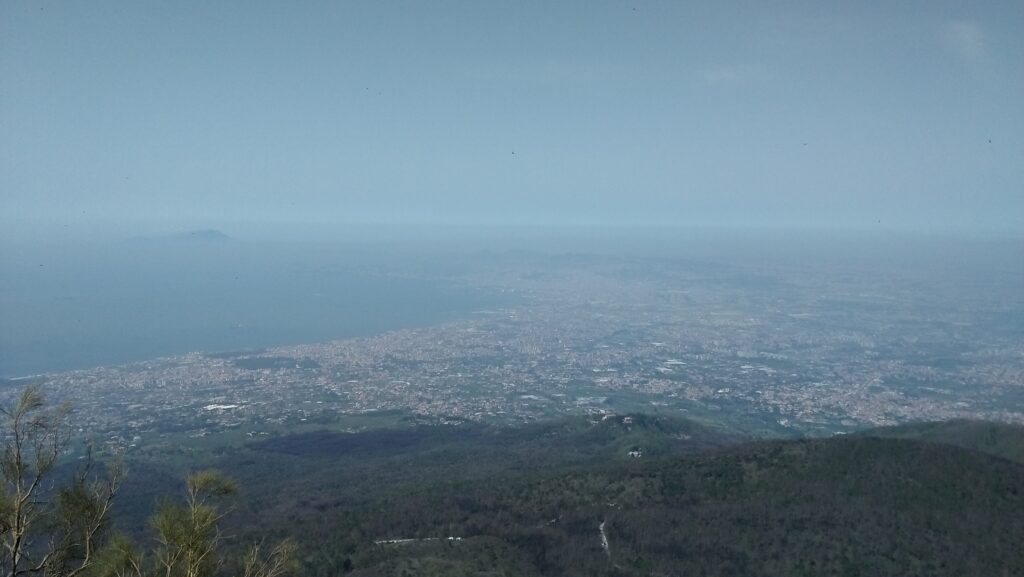
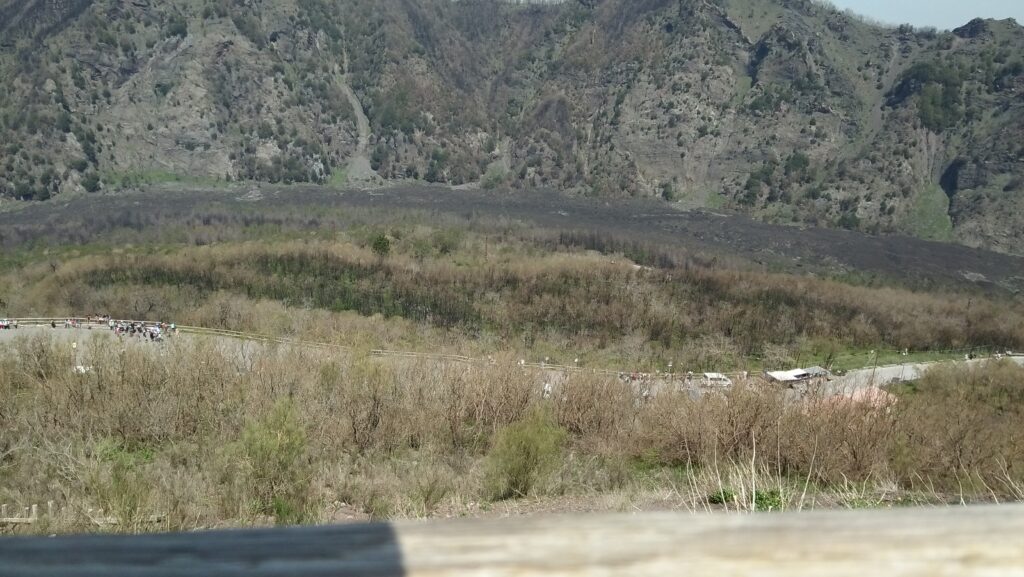
Pompeii, once a thriving Roman city, was destroyed and buried under metres of ash after the catastrophic eruption of Mt Vesuvius in 79 AD. It was however, well excavated and preserved. Although in ruins, several structures like streets, houses, temples, forum, theatre: all parts of a flourishing city were recognisable. The statue of Jupiter in the forum faced Mt Vesuvius. We wandered around all the key sections of the ruined city, stunned by the extent of destruction and later, excavation and restoration. Tired and hungry, we stopped for pizzas and spaghetti, then took the local train to Naples and the inter-city to Rome. A long and eventful day! Amma and Appa showed wonderful endurance during the climb and later, in the ruins.
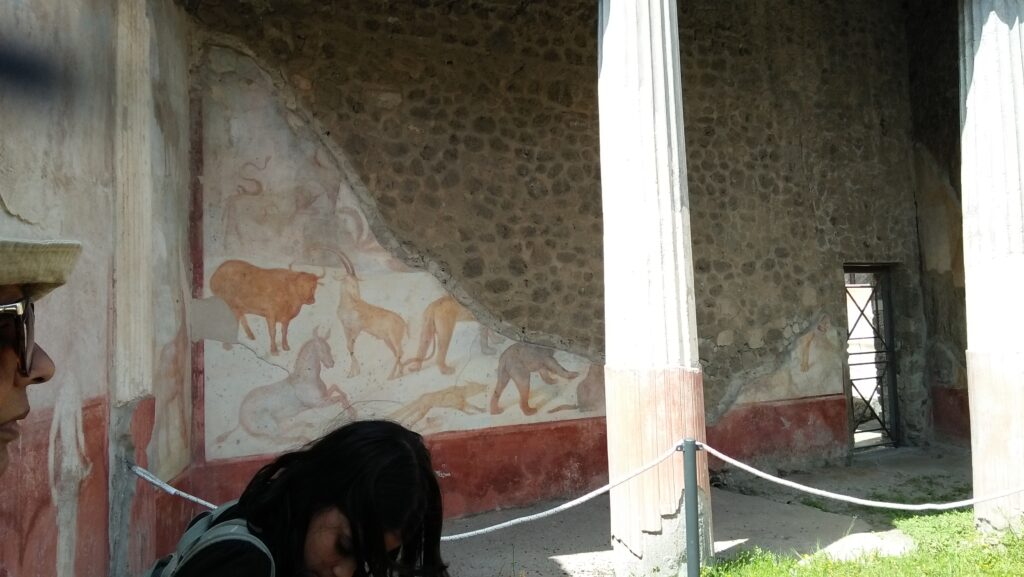
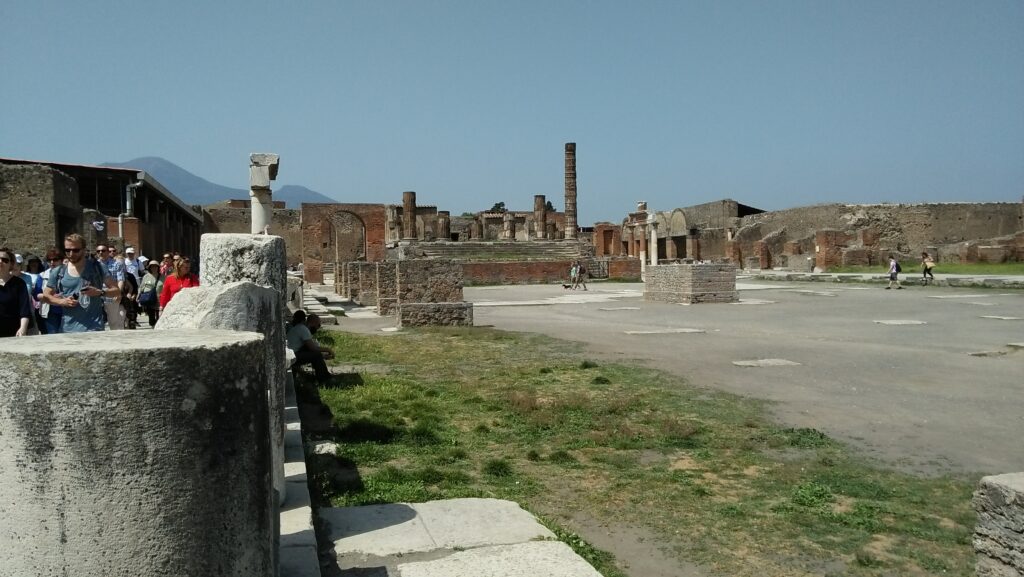
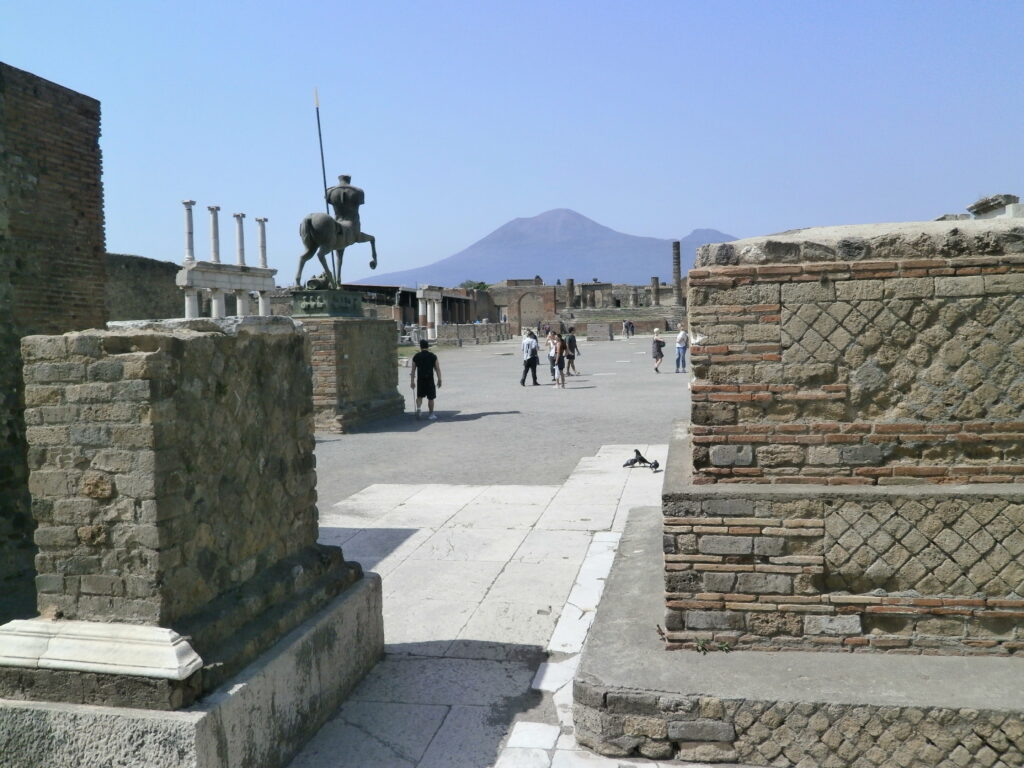
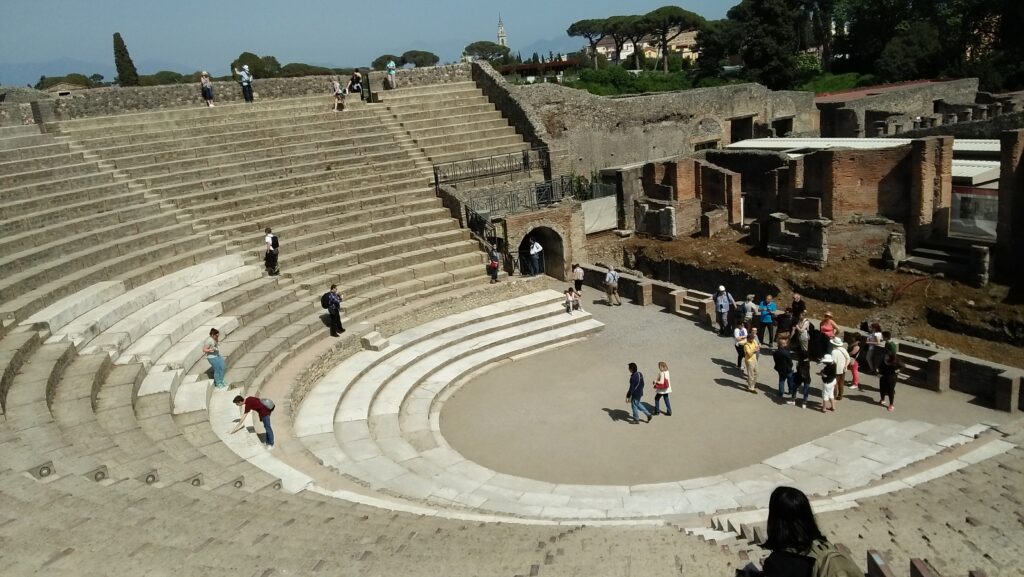
Day 4 in Rome and we left to catch the early morning train to Florence, North of Rome. As always, we stopped for cappuccino and hot chocolate on the way and picked up some croissants for a light breakfast. Florence was a beautiful city with an extraordinary treasure-trove of Renaissance (period of renewal of classical styles of art and architecture between 14-16 centuries) collections. Our first stop was the Uffizi gallery, earlier a palace bequeathed to the city by the powerful Medici family. It had the greatest art collections of masters including Giotto, Botticelli, Da Vinci, Michelangelo, Raphael and Caravaggio. We skipped the queue with our online tickets and entered the vast, room-leading-into-another-room gallery, stunned by the collection of sculptures and paintings. Amma and my daughter were awed too. After a couple hours we stepped out and stopped for lunch and the delicious gelato.
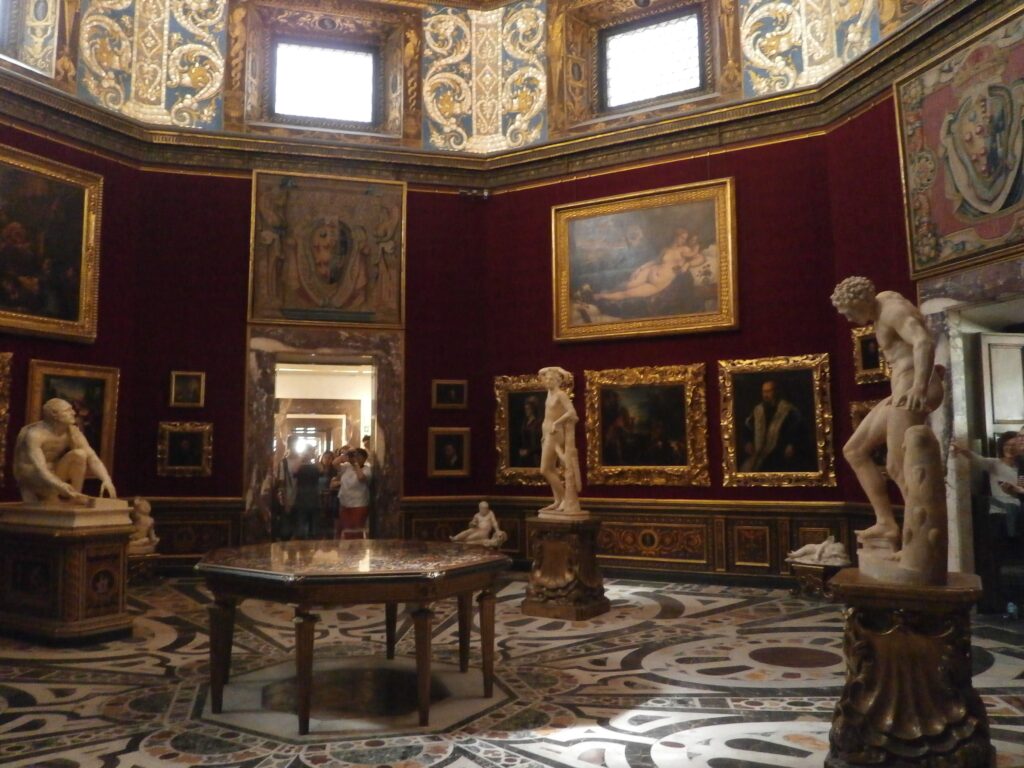
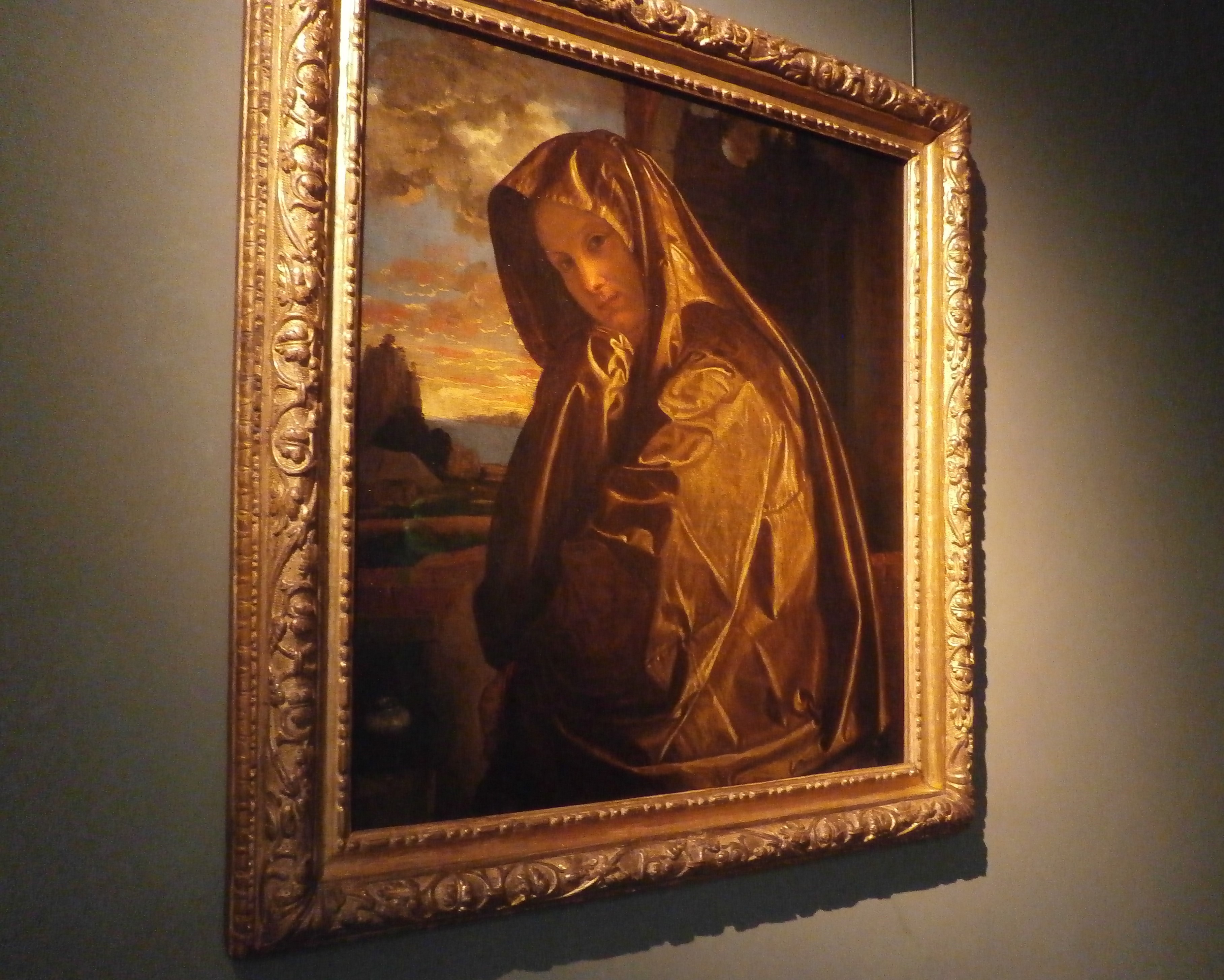
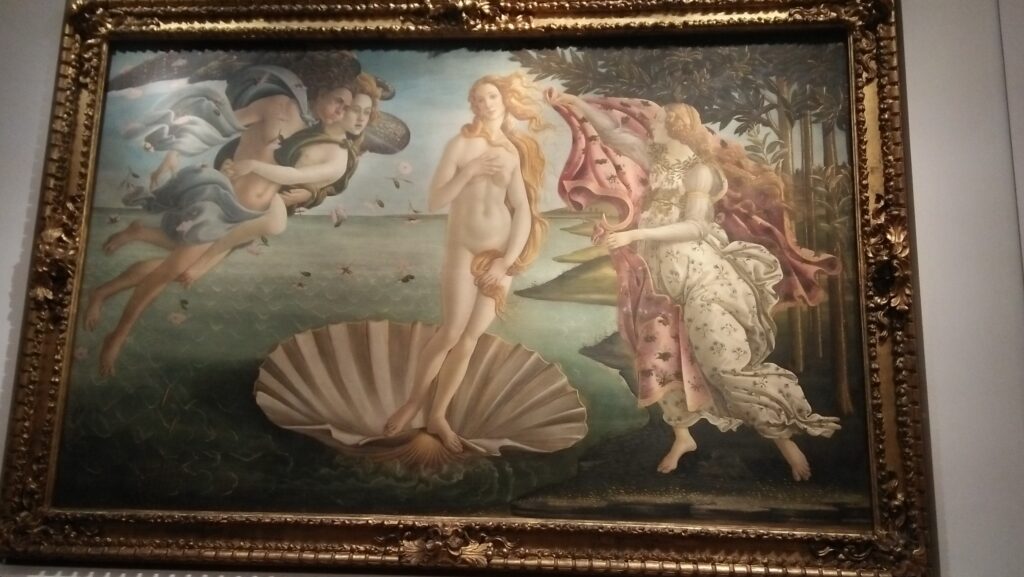
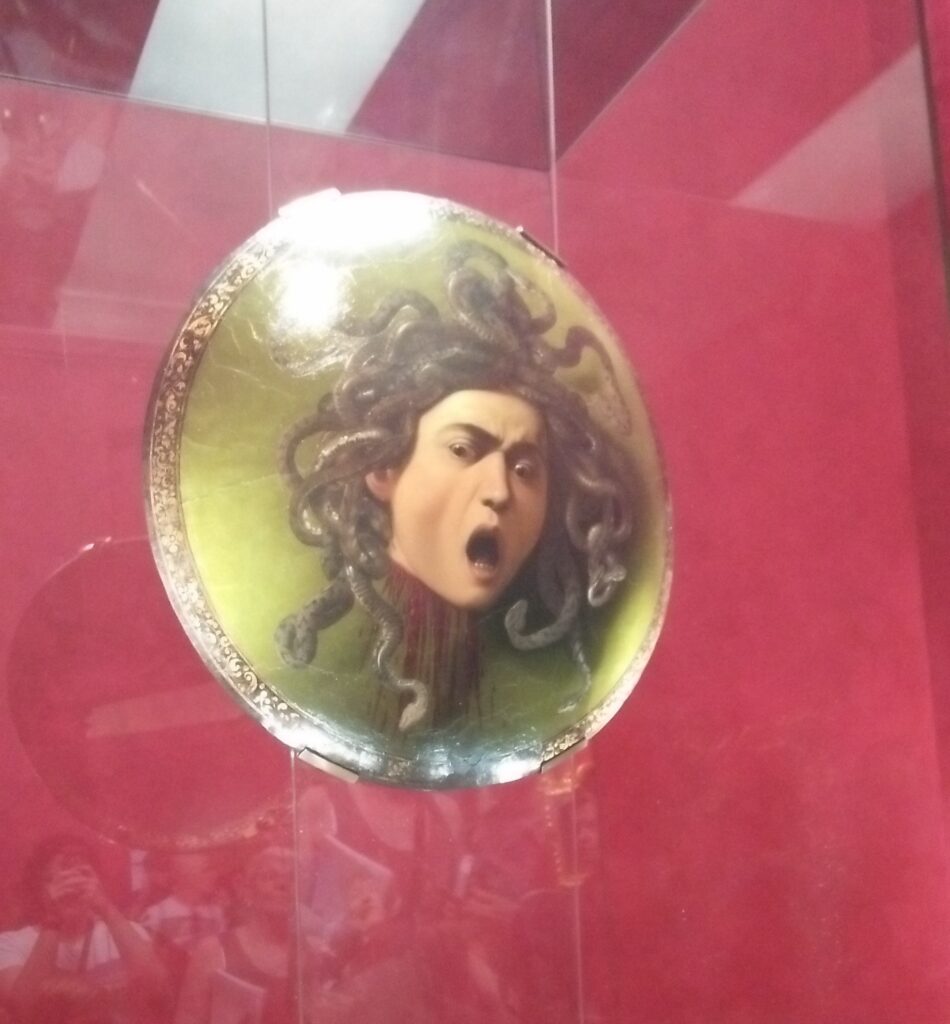
We then walked to the Galleria Dell’academia for one of the most wondrous sights in the world. There were other sculptures there of course, but I frankly cannot remember any of them. I leave it to Giorgio Vasari to describe Michelangelo’s David:
“When it was built up, and all was finished, he uncovered it, and it cannot be denied that this work has carried off the palm from all other statues, modern or ancient, Greek or Latin; and it may be said that neither the Marforio at Rome, nor the Tiber and the Nile of the Belvedere, nor the Giants of Monte Cavallo, are equal to it in any respect, with such just proportion, beauty and excellence did Michelangelo finish it. For in it may be seen most beautiful contours of legs, with attachments of limbs and slender outlines of flanks that are divine; nor has there ever been seen a pose so easy, or any grace to equal that in this work, or feet, hands and head so well in accord, one member with another, in harmony, design, and excellence of artistry. And, of a truth, whoever has seen this work need not trouble to see any other work executed in sculpture, either in our own or in other times, by no matter what craftsman.” – Giorgio Vasari
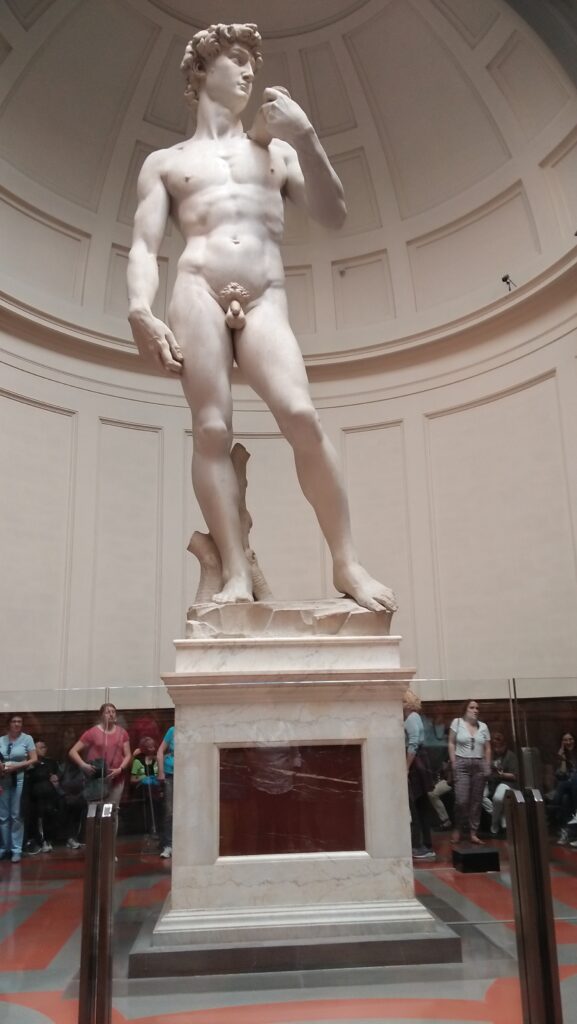
We went back to the main square, Piazza Del Duomo, to see the cathedral and museum, the fabulous Brunelleschi red-tiled cupola or dome which was part of the Duomo, and the Campanile, an 84-metre-tall tower adjacent to the Duomo. We then walked back to the Firenze S.M. Novella station to catch our 5:38pm train back to Rome.
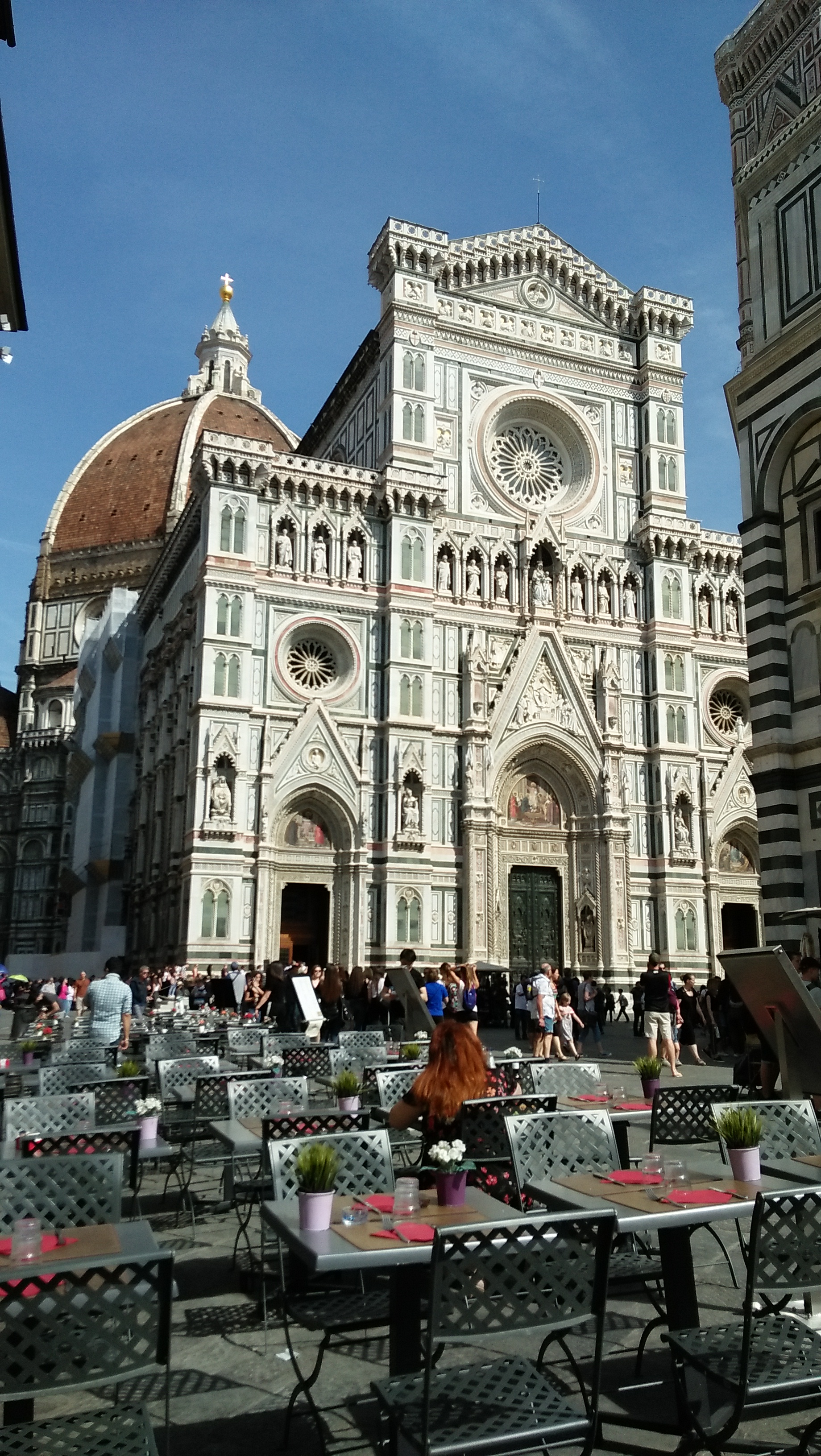
Day 5 in Rome and day 10 of our trip! After an early morning cappuccino and hot chocolate at our favourite café, we settled into our seats on the train to Florence. From there we caught a local train to Pisa, to visit my daughter’s favourite monument, the Leaning Tower. It was a long walk from the station. We passed well-maintained buildings, gothic churches, fountains and lively piazzas. We crossed the bridge on the beautiful Arno River and kept walking. Then suddenly my daughter spotted the tower, almost unnoticeable through the cluster of buildings. We went forth and bought tickets for the two of us, Amma and Appa wanting to sit below. The Leaning Tower was a bell tower that stood 56 metres high and leaned at an angle of 5 degrees to the vertical. It was a dizzying climb as we went up the spiral staircase higher and higher. When we reached the top, my excited daughter looked to where her grandparents sat and yelled “Nani” at the top of her voice, calling out to her grandmother. We stayed for a while till she was satisfied and then climbed down to join Amma and Appa.
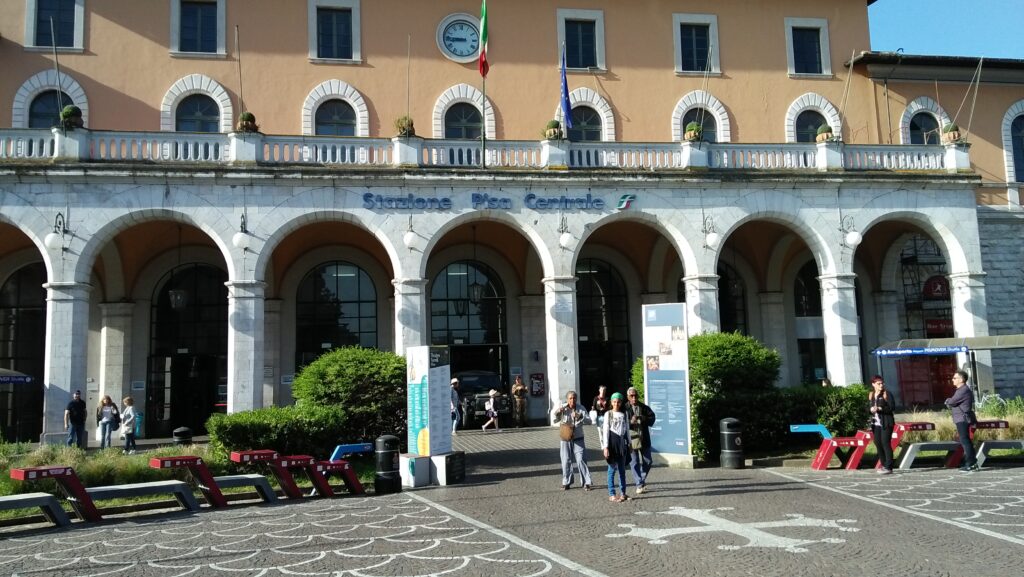
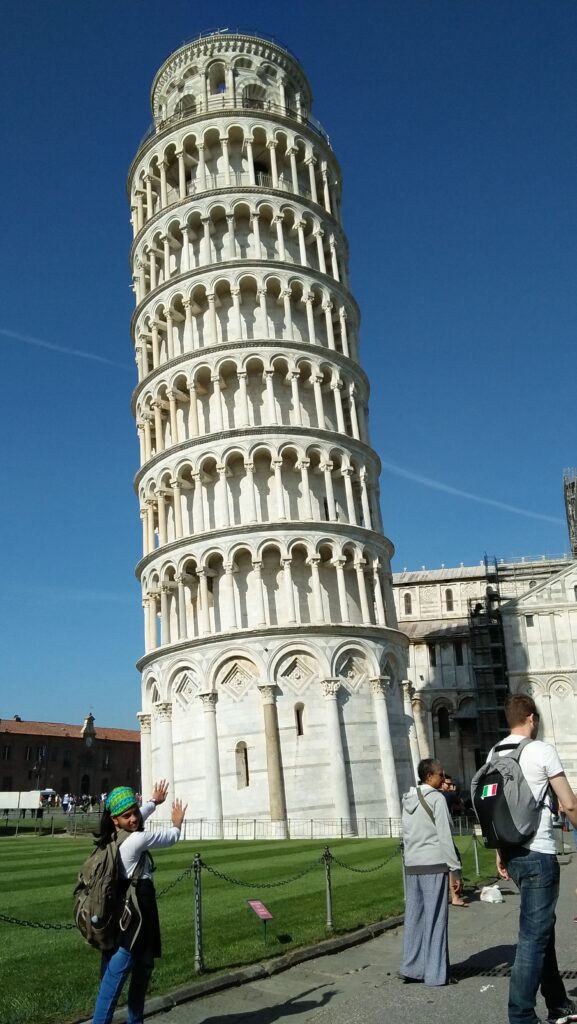
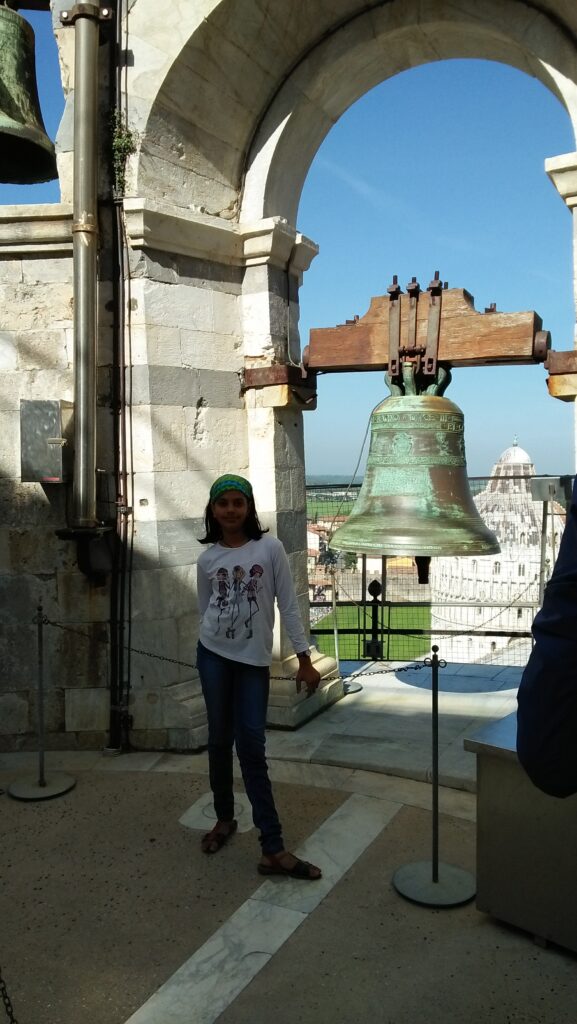
We walked back to the station and took the train to Florence from where we took a taxi to the Ponte Vecchio bridge on the Arno River.
The Ponte Vecchio was a lively bridge in Florence across the Arno River. There were shops on either side selling locals products and memento for tourists. We crossed the bridge and went to a lovely family restaurant for thin-crust oven-fresh pizzas and white wine. And immediately after, we climbed the steep pathway to the Piazzale Michelangelo (not a good idea after a meal!). The view of Florence from above was spectacular!! There was also a green replica of Michelangelo’s David on top. We descended and walked back to the train station, after picking up gelatos for each of us. Then back home, to Rome!
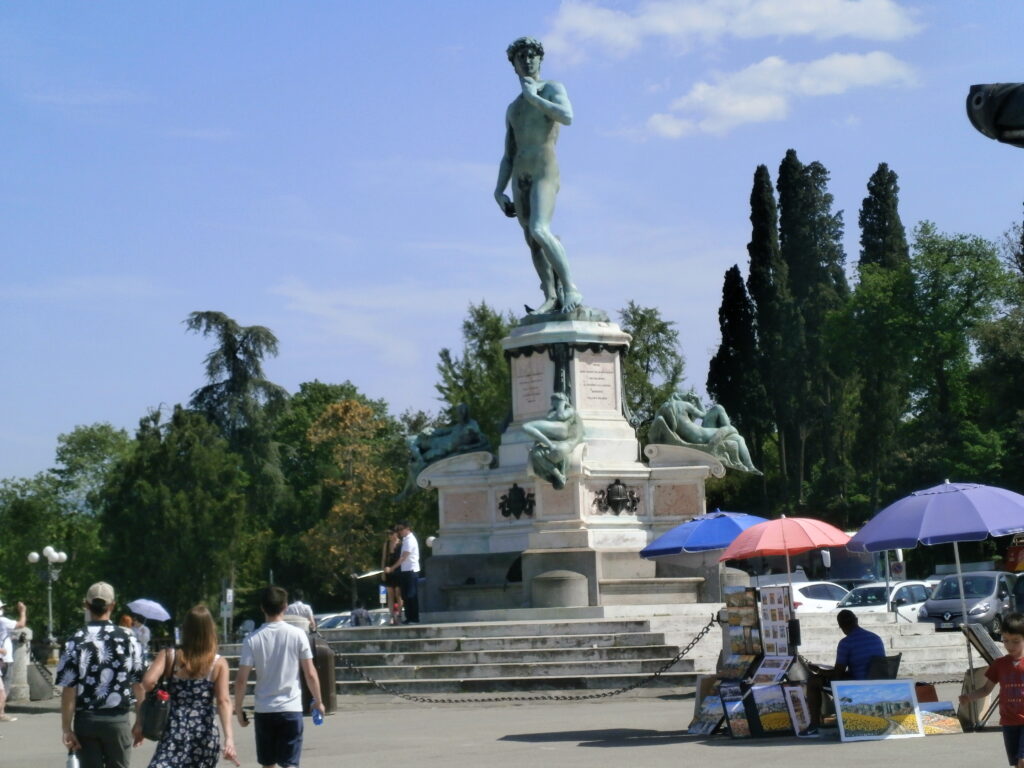
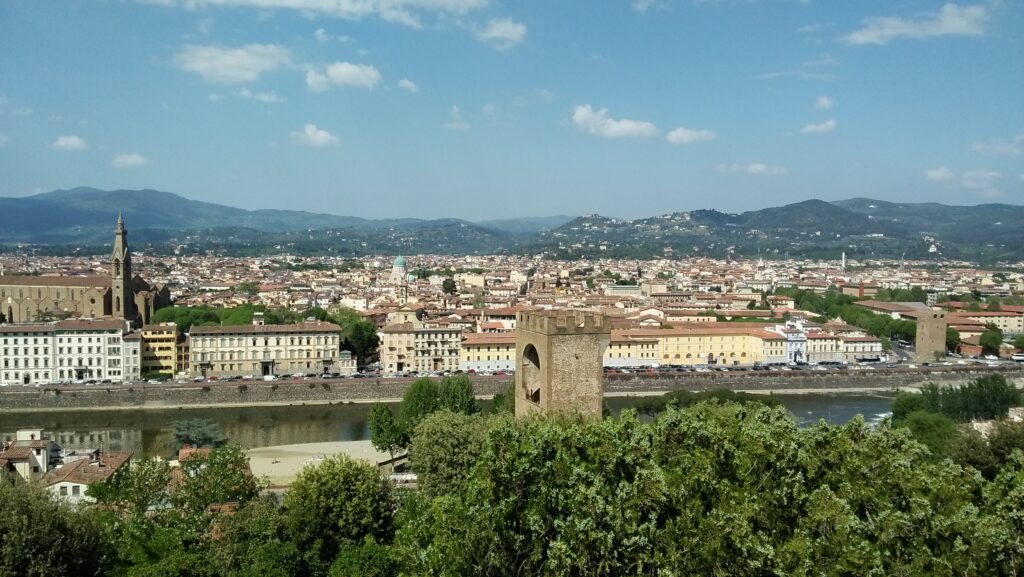
Our penultimate day in Rome before our flight the next day. We had a leisurely breakfast and left for sights within Rome. We took the metro to Spagna to first visit the Spanish Steps. Built in 1725 and named after the Spanish embassy in Rome, it had rows and rows of steps with beautiful flower pots arranged on either side. The steps lead up to a Church, and at the foot of the steps was the fountain of the boat, designed by Pietro Bernini. Amma loved the flowers and happily sat in their midst.
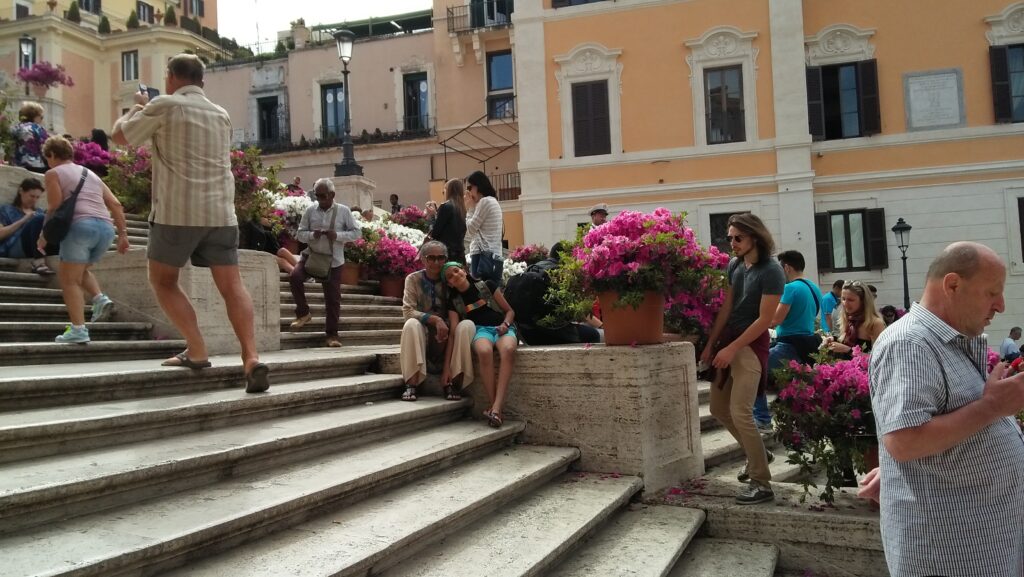
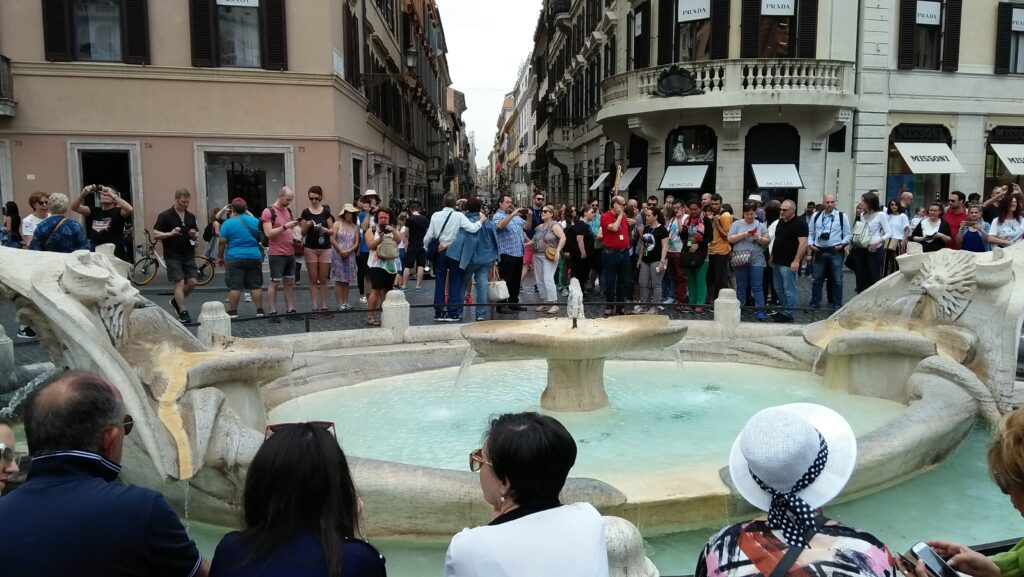
We then walked to the Trevi Fountain, a popular scene in many films and one of the most famous fountains in the world. In the centre underneath the arch stood the statue of the nautical god Neptune, being pulled to the sea on his shell-shaped chariot by two winged horses and tritons (young gods of the sea). We tossed coins into the fountain and Amma, in true Indian tradition, sprinkled the cool water on her head.
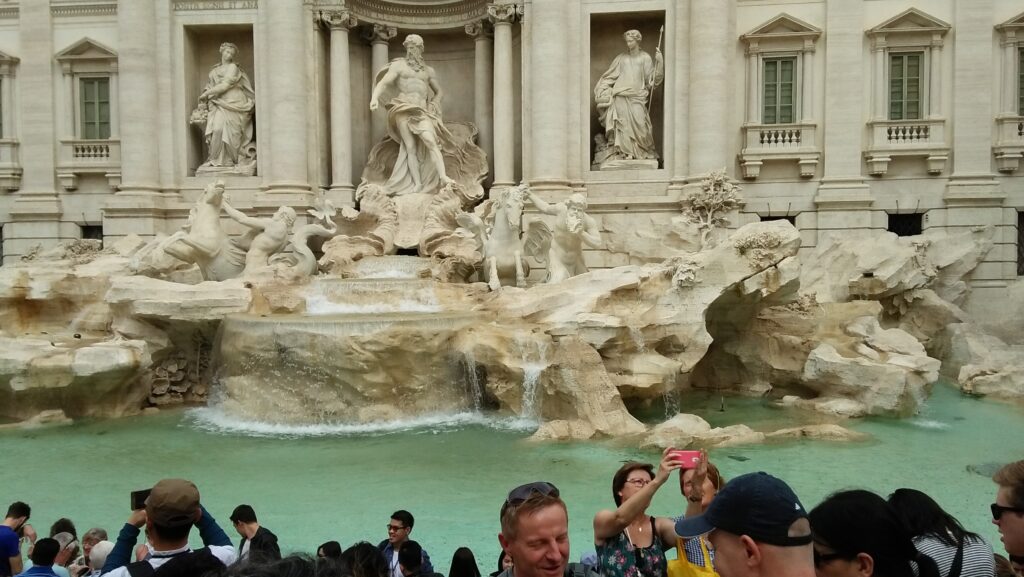
Our final stop was the Pantheon, a 2000-year-old temple built by Hadrian over Marcus Agrippa’s earlier temple. A great monument! The massive dome on top, the largest reinforced concrete dome in existence was stunning in its beauty and symmetry. We returned back to our hotel to pack for our departure the next day.
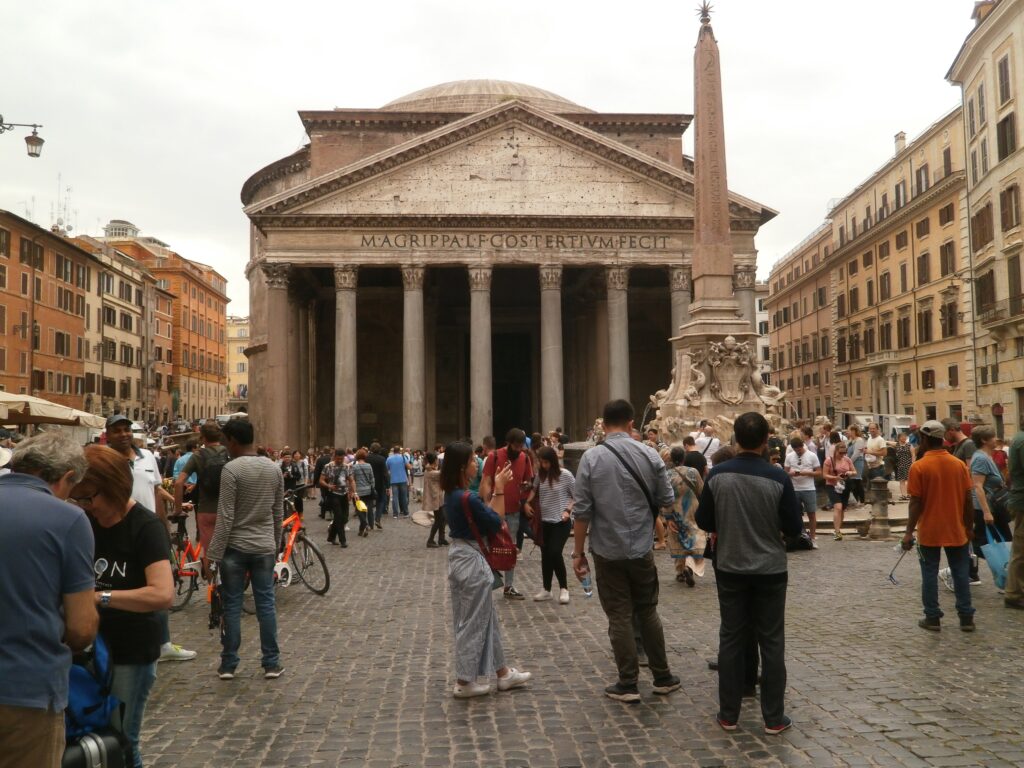
And so ended our great sojourn in Europe. We felt fortunate to have been able to view the stunning works and classy ruins of the great Roman civilization, just as we had of the Egyptian civilization earlier. We reached Mumbai via Istanbul. As always, Appa went to the Ganesha temple and broke a coconut in gratitude for our safe return.
Leave a Reply